Master This Powerful Lower Body Move
Leg day—some love it, some dread it—but there’s no doubt that training your legs is essential for building a strong, balanced, and powerful physique. Among the various machines and exercises available in the gym, the seated leg press remains a favorite for many lifters. Why? Because it delivers serious results without putting too much strain on your back or requiring Olympic-level coordination.
Whether you're new to the gym or a seasoned lifter looking to refine your form, this guide will walk you through everything you need to know about leg training on a seated leg press.
What Is a Seated Leg Press?
The seated leg press is a resistance training machine designed to target your quads, hamstrings, glutes, and calves. Unlike free weight squats or lunges, it allows you to push weight with your legs while seated, reducing the pressure on your spine.
In this machine, you sit on a padded seat, place your feet on a platform, and push the platform away from your body using your legs.

The beauty of the seated leg press lies in its ability to hit multiple major leg muscles at once:
|
Muscle Group |
Primary Function |
|
Quadriceps |
Straightening the knee |
|
Gluteus Maximus |
Hip extension (pushing through) |
|
Hamstrings |
Assists in hip and knee movement |
|
Calves (Gastrocnemius & Soleus) |
Stabilization and support |
Benefits of Seated Leg Press
Here’s why this machine deserves a spot in your leg day routine:
1. Controlled Motion for Safer Training
You’re seated with back support and a guided path, which makes this machine ideal for beginners or those with lower back issues.
2. Perfect for Building Strength & Size
The leg press lets you load up heavier weights than most free weight leg exercises—great for muscle hypertrophy and strength gains.
3. Reduced Injury Risk
No need to worry about balance or bar positioning. Just focus on your legs and move with intention.
4. Targets Specific Muscles Based on Foot Placement
You can easily adjust your foot position to emphasize different muscles (more on this below).

How to Use the Seated Leg Press Machine Properly?
Here’s a step-by-step guide to using the machine correctly:
Step 1: Set Up the Machine
- Adjust the seat distance so your knees are at a 90-degree angle or slightly tighter when your feet are on the platform.
- Make sure your back is flat against the pad, and your head is supported.
Step 2: Foot Placement
- Place your feet shoulder-width apart on the center of the platform.
- Keep heels flat and toes pointing slightly outward.
Step 3: The Movement
- Inhale and slowly bend your knees to lower the weight until they form a 90° angle.
- Exhale and push through your heels to return to the starting position.
- Don’t lock your knees at the top; keep a slight bend.
Step 4: Reps & Sets
- Beginners: 3 sets of 12-15 reps (moderate weight)
- Intermediate: 3–4 sets of 8-10 reps (progressively heavier)
- Advanced: 4–5 sets of 6-8 reps (challenging weight with proper form)

Common Mistakes to Avoid
Even with machines, bad form can lead to injury or reduced effectiveness. Watch out for these mistakes:
|
Mistake |
Why It's a Problem |
|
Knees caving inward |
Can strain knee ligaments |
|
Lifting your heels |
Shifts focus from glutes to knees |
|
Rounding your lower back |
Can lead to lumbar spine injury |
|
Locking out knees |
Increases injury risk |
|
Going too fast |
Reduces tension on muscles |
Variations Based on Foot Position
Want to target specific muscles more directly? Try adjusting your foot position:
|
Foot Placement |
Target Area |
|
High on platform |
Glutes & Hamstrings |
|
Low on platform |
Quads |
|
Wide stance |
Inner thighs (Adductors) |
|
Narrow stance |
Outer quads |
Pro Tips for Maximum Results
Want to make the most of your seated leg press sessions? Keep these tips in mind:
- Mind-Muscle Connection: Focus on engaging your leg muscles, not just moving the weight.
- Use Full Range of Motion: Don’t cut reps short; lowering fully increases muscle activation.
- Keep a Training Log: Track weights and reps to measure progress over time.
- Progressive Overload: Gradually increase weight or reps weekly to challenge your muscles.
- Pair It Smart: Combine with lunges, step-ups, or Romanian deadlifts for a killer leg day.
Seated Leg Press vs Squats: Which Is Better?
Both exercises have their place. If you're working on leg development but want to reduce spinal loading, seated leg press is your go-to. But if you're chasing overall functional strength and athleticism, squats still reign supreme.
Why not both? Alternate between the two for a balanced leg training program.
The seated leg press is more than just a machine in the corner of your gym—it’s a powerful tool to grow stronger, more muscular legs with minimal risk. Whether you're aiming to build size, strength, or improve muscle symmetry, this machine delivers when used with proper form and intent.
It’s not just about pushing weight—it's about pushing yourself. Master the movement, stay consistent, and the gains will follow.
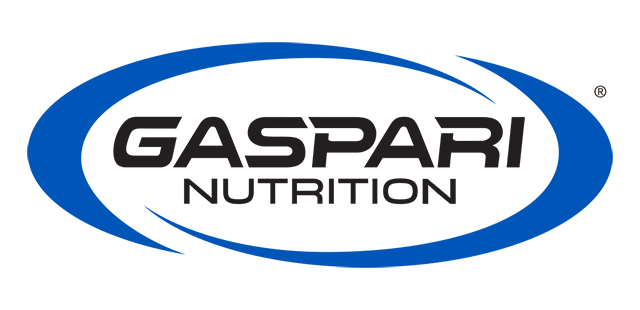

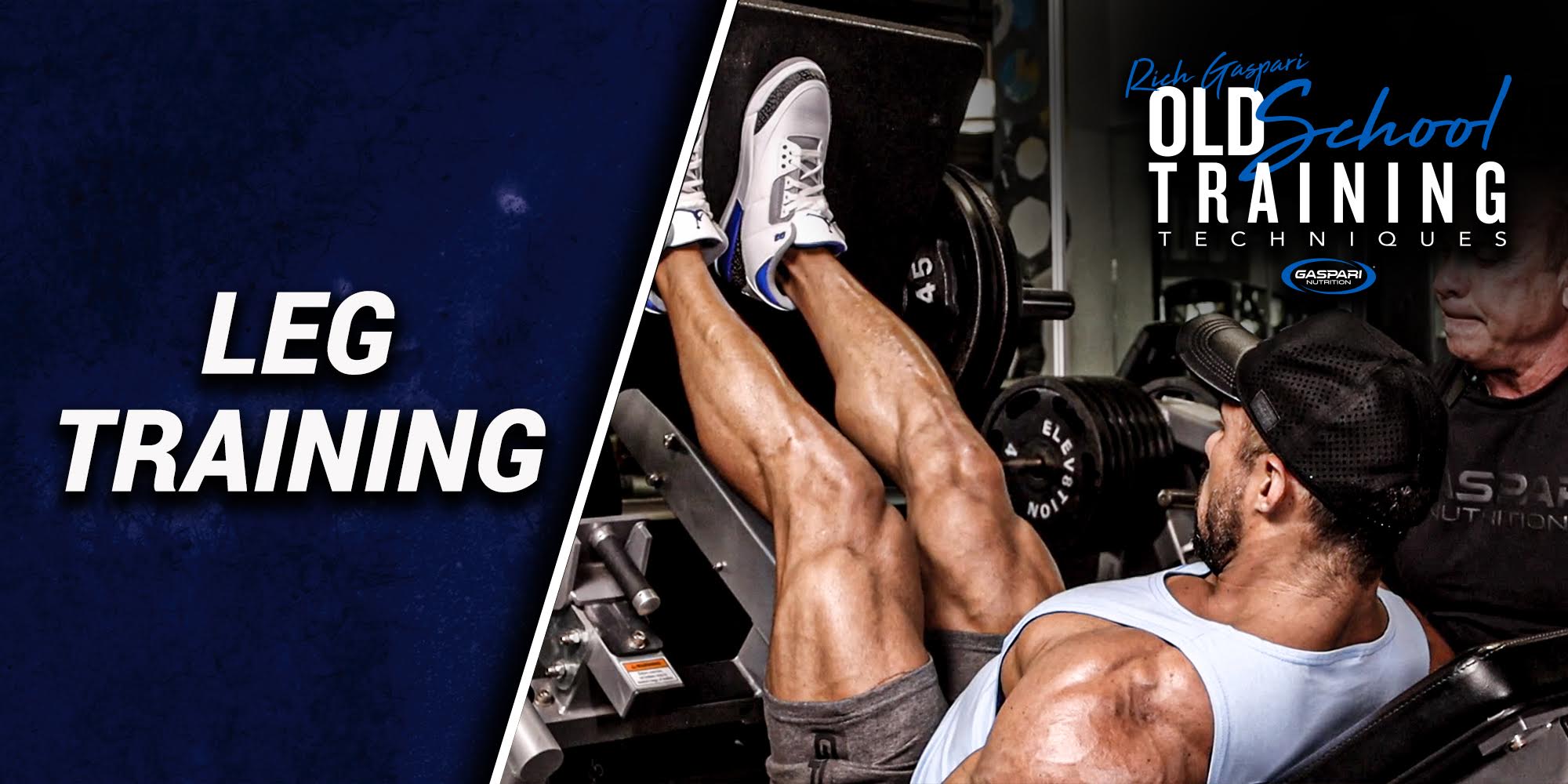
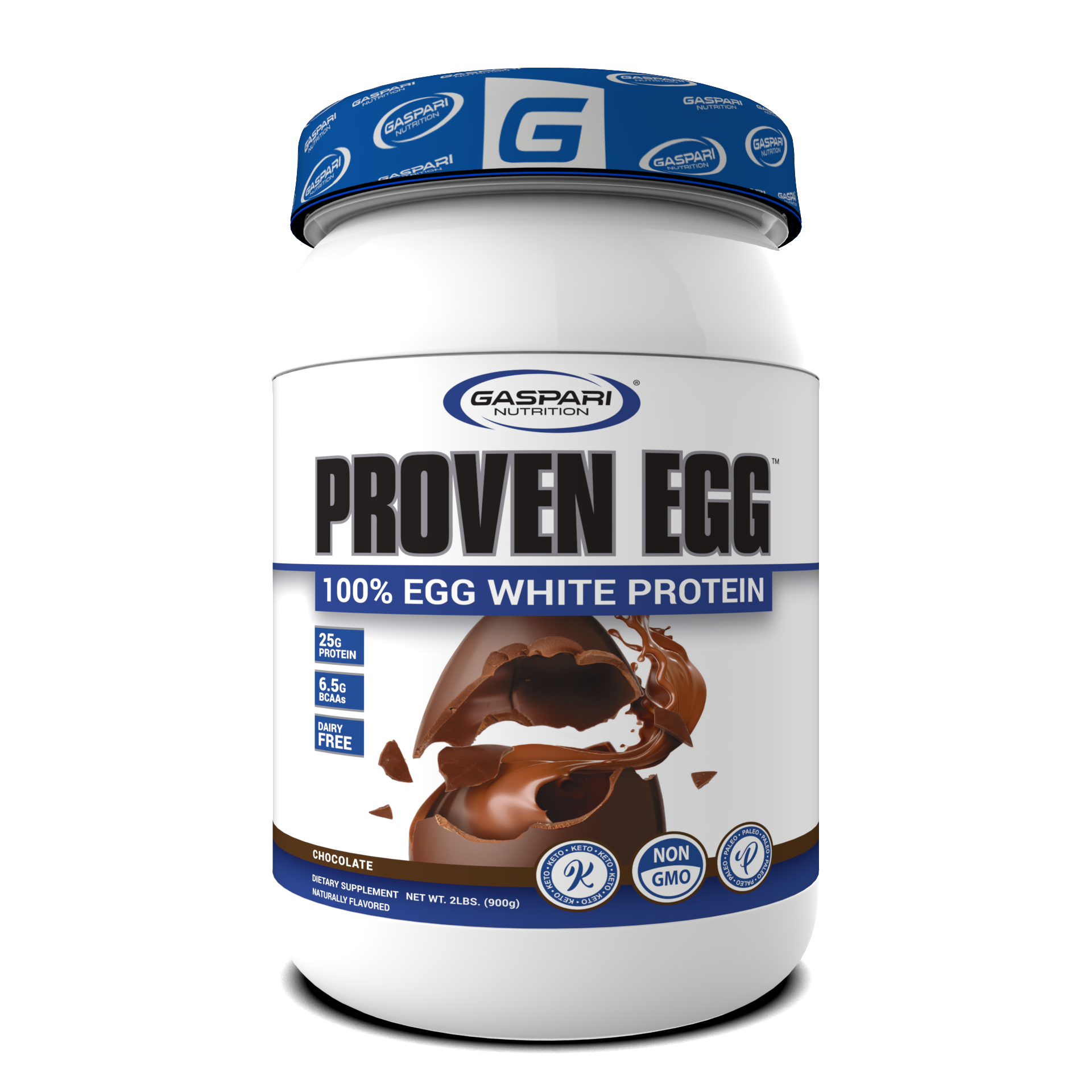
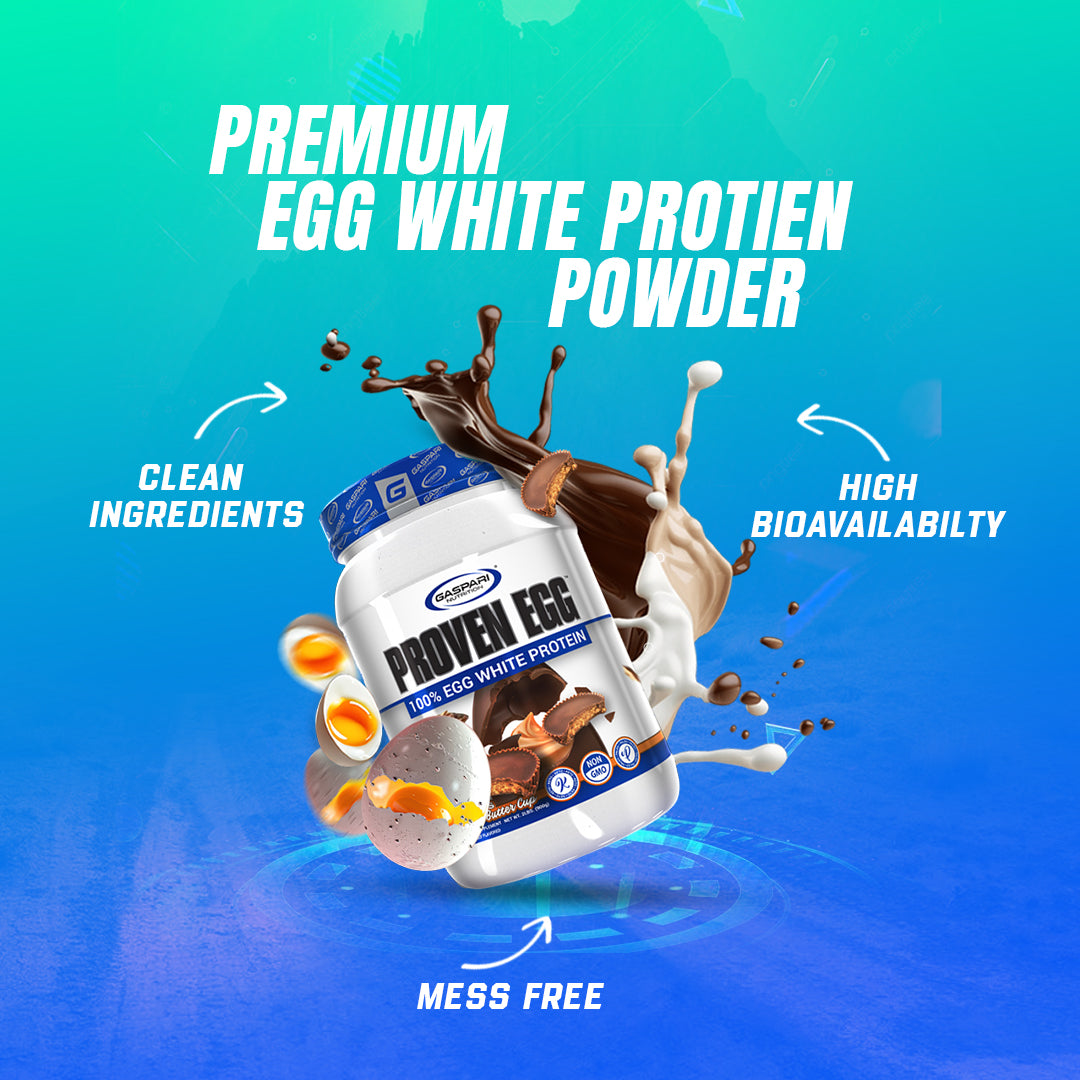
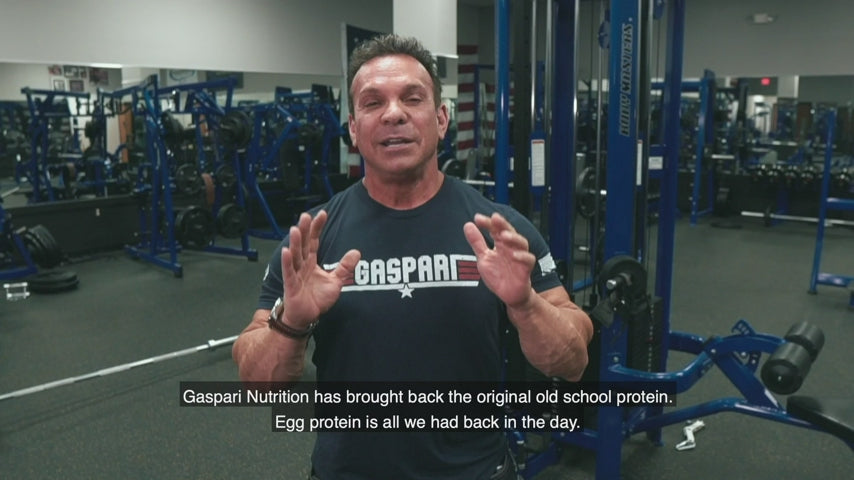
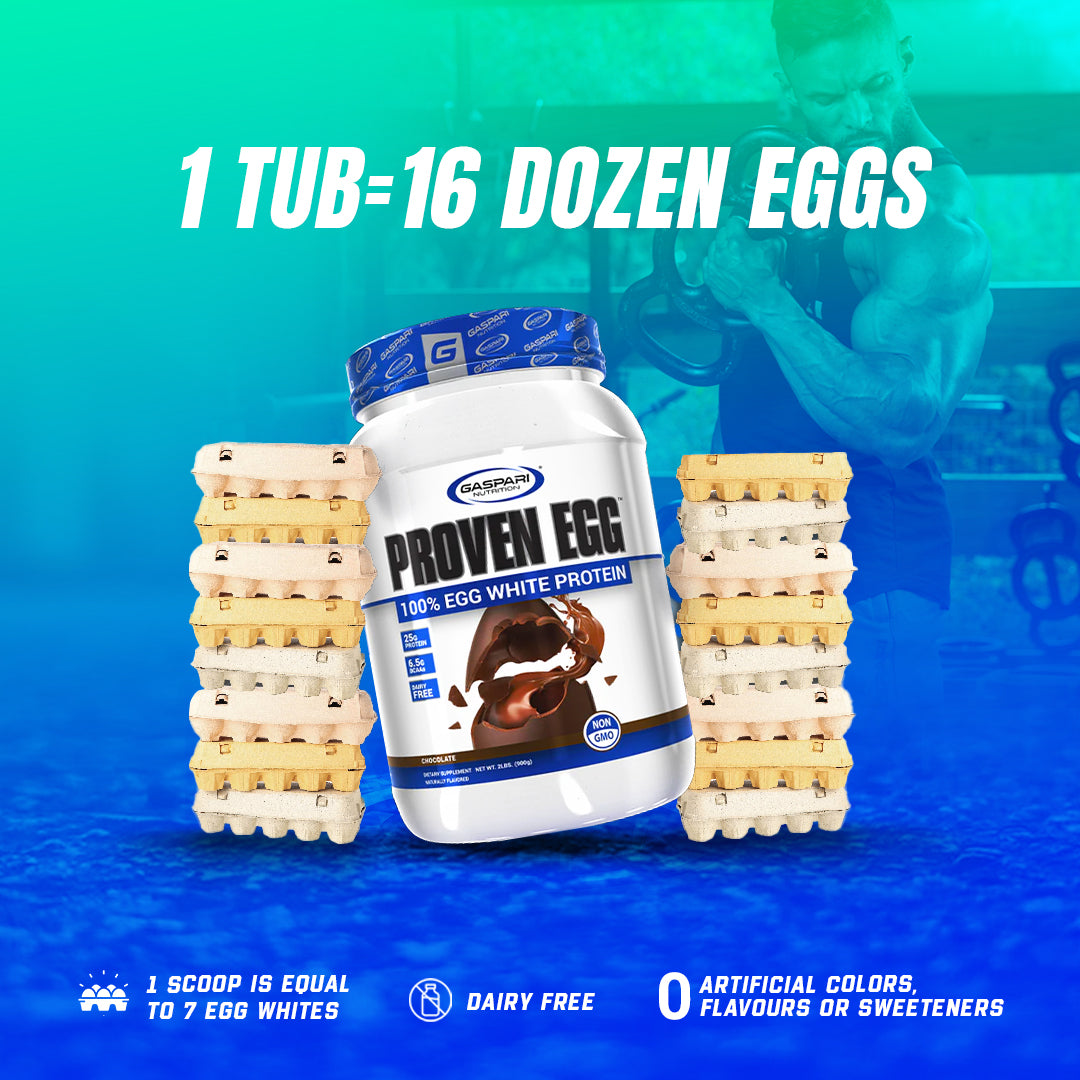
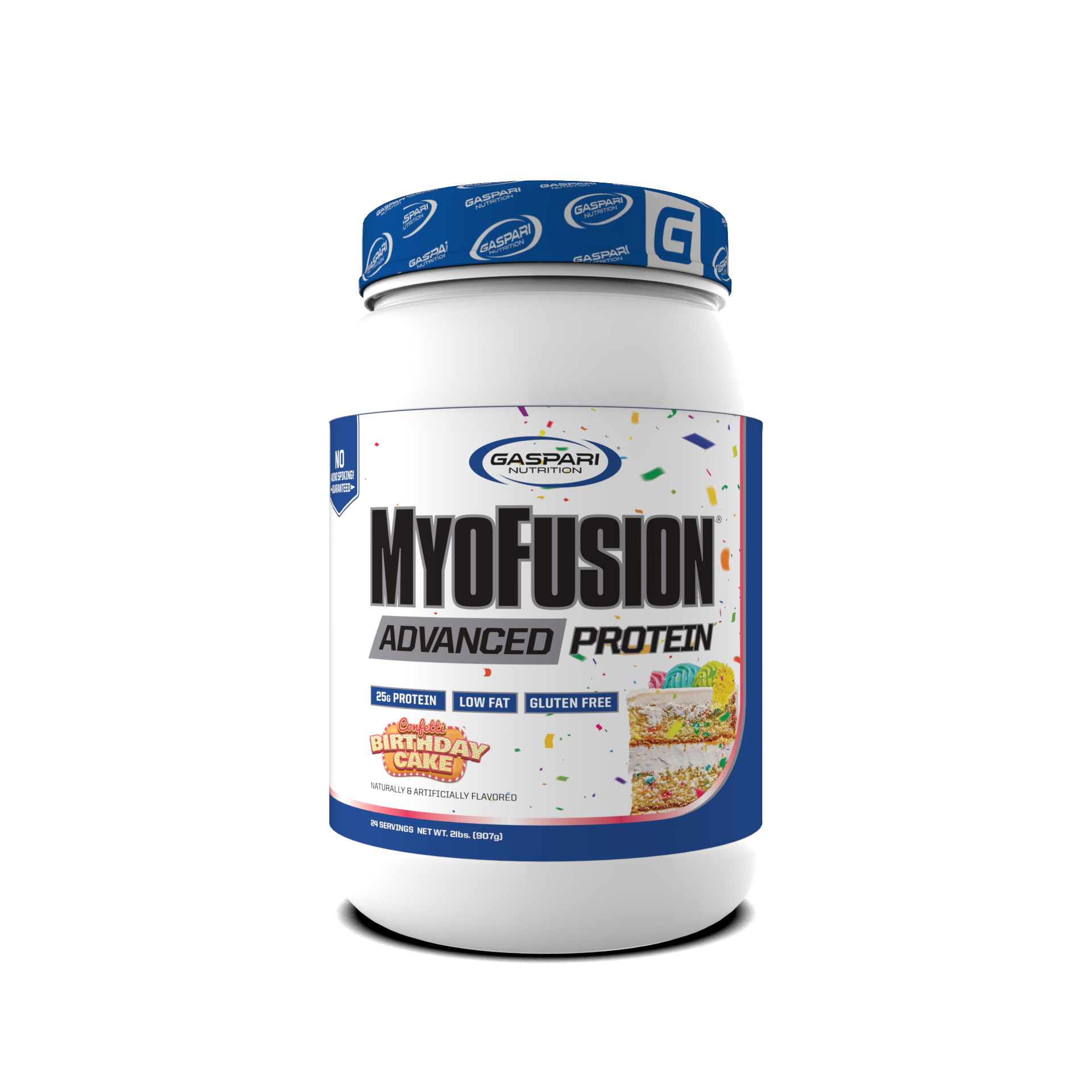
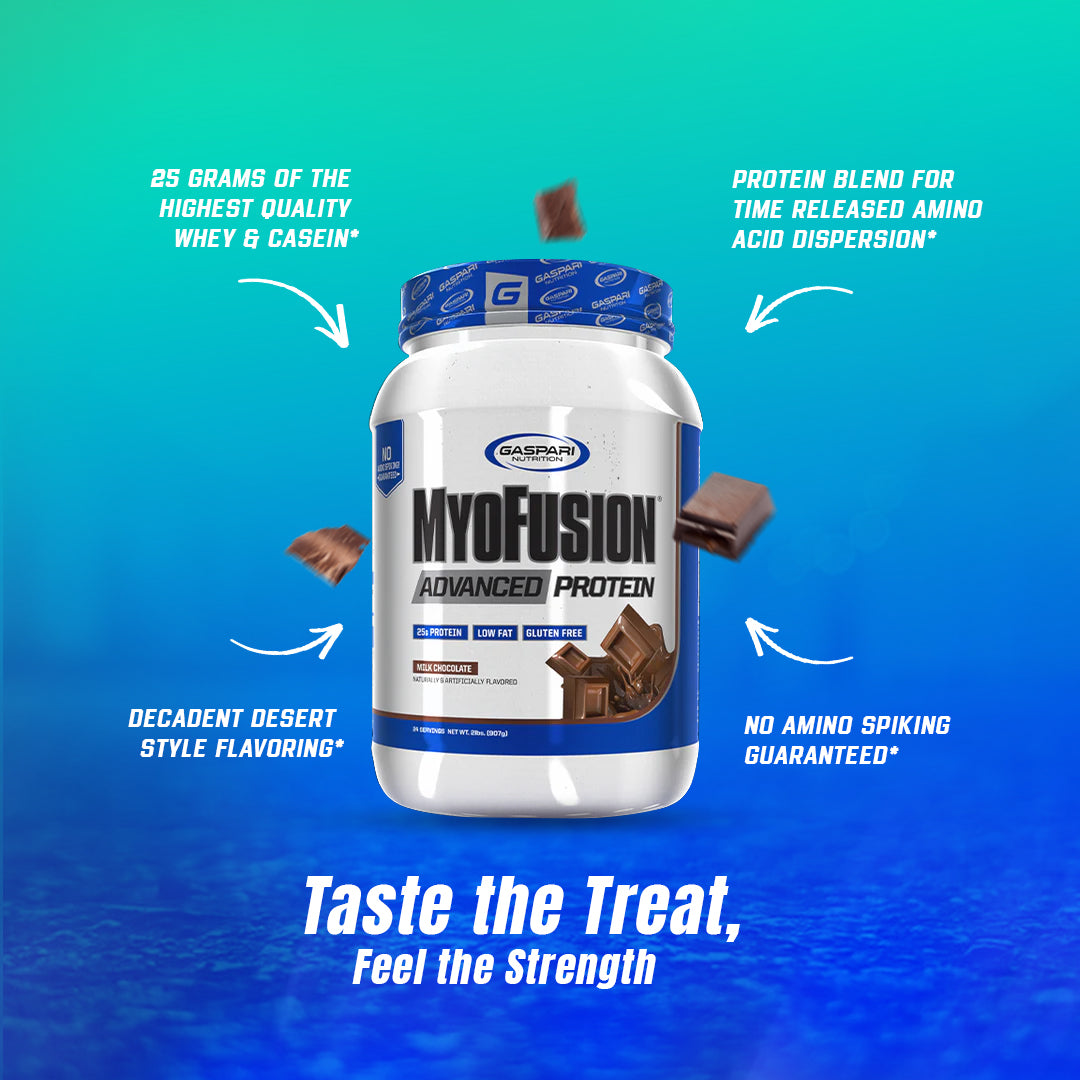

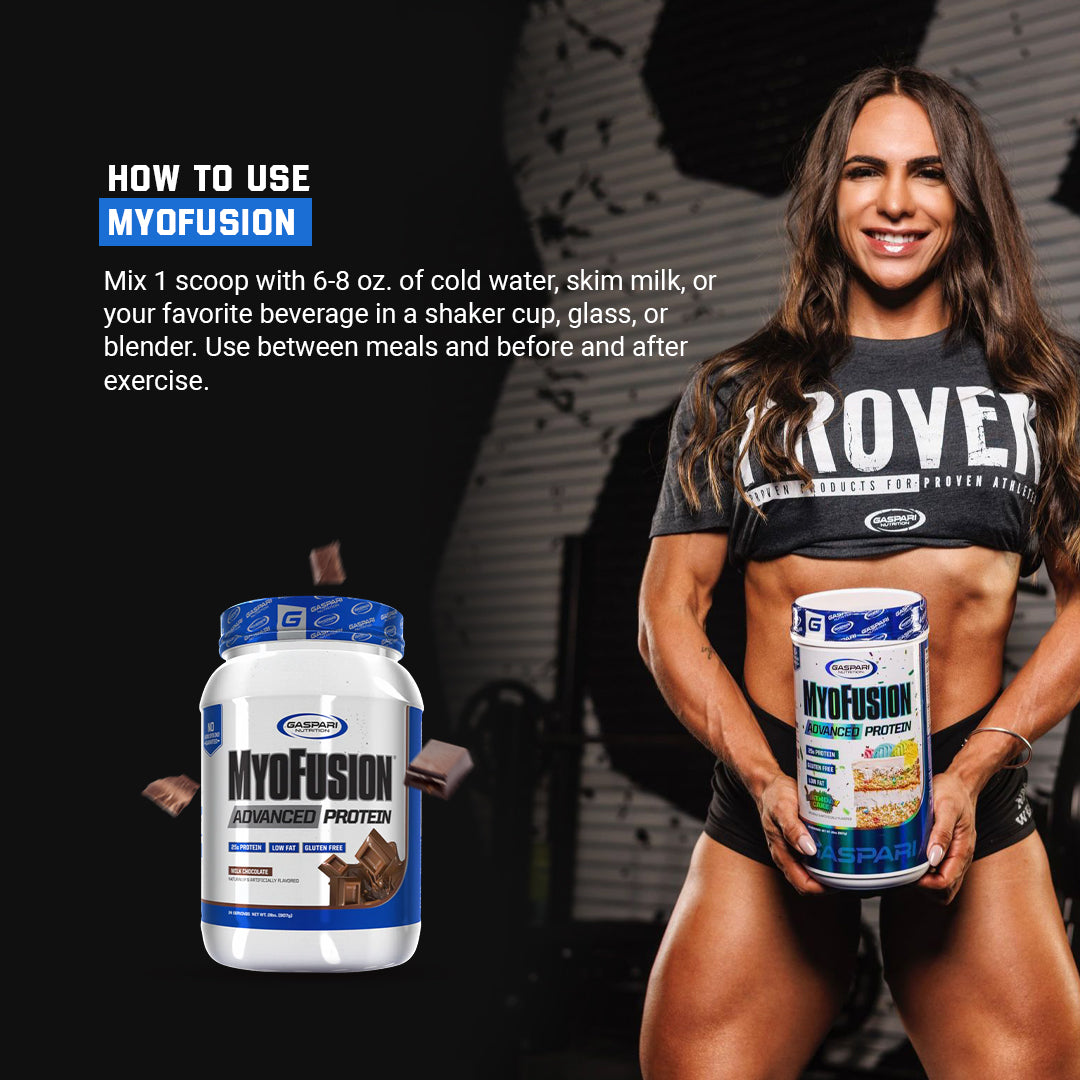
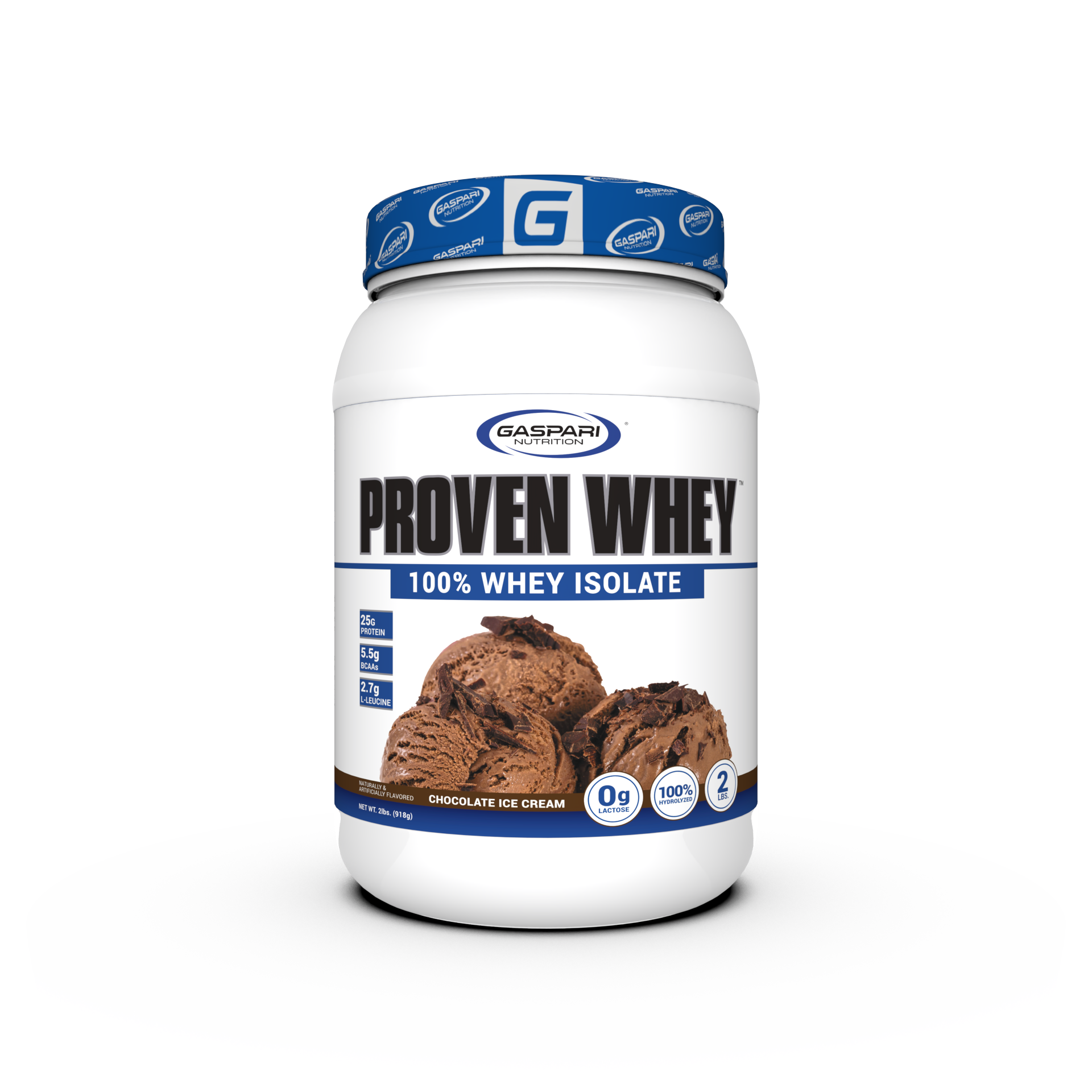
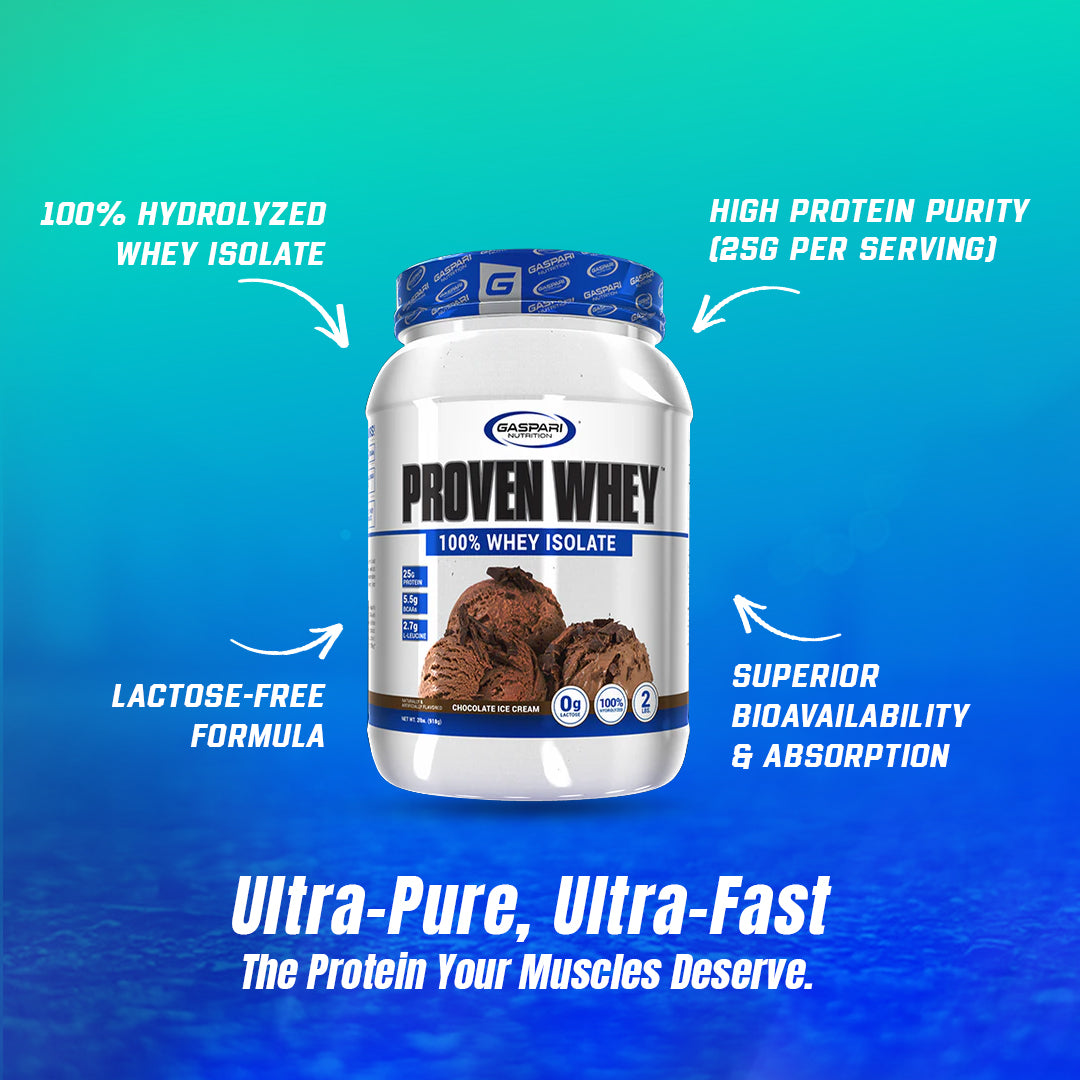
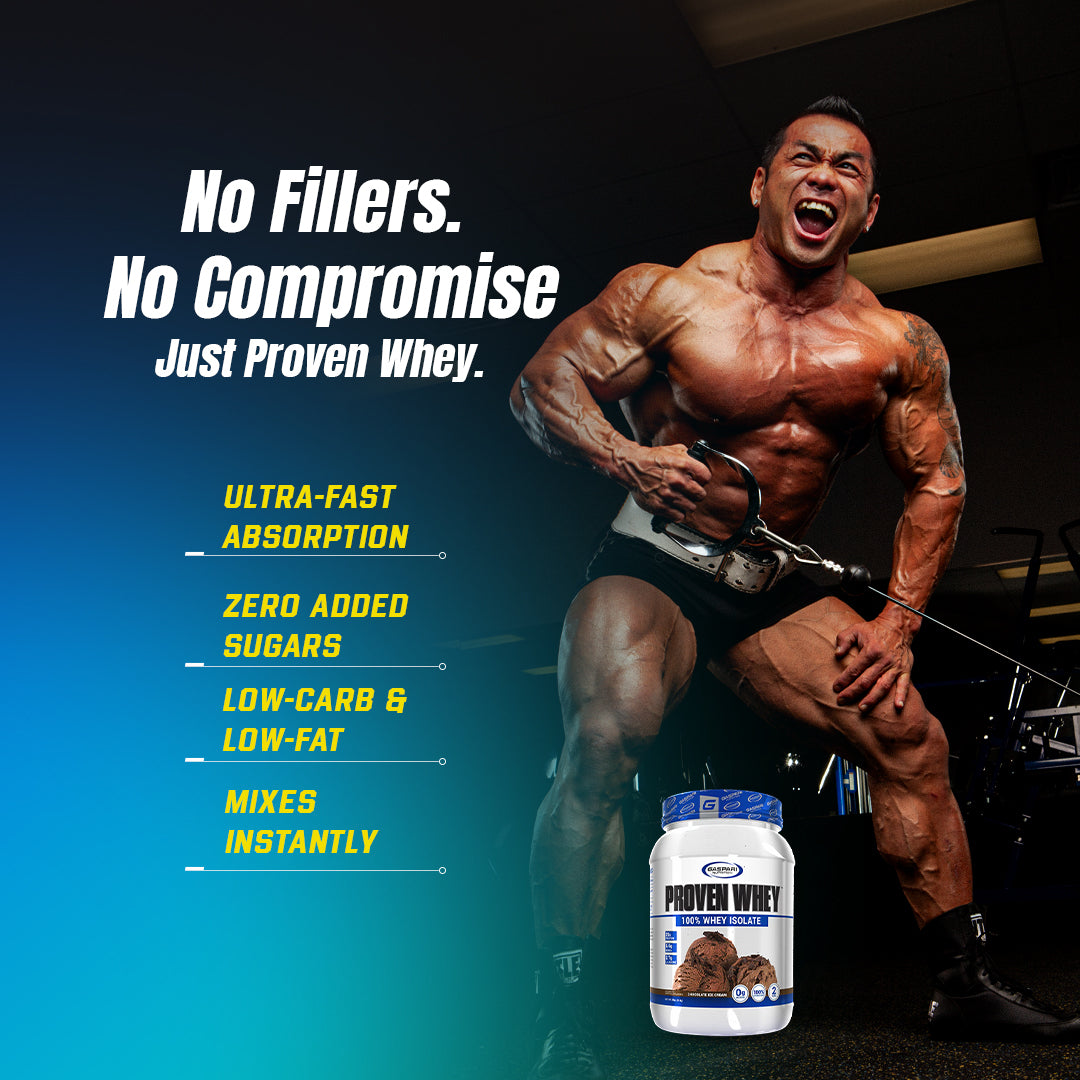
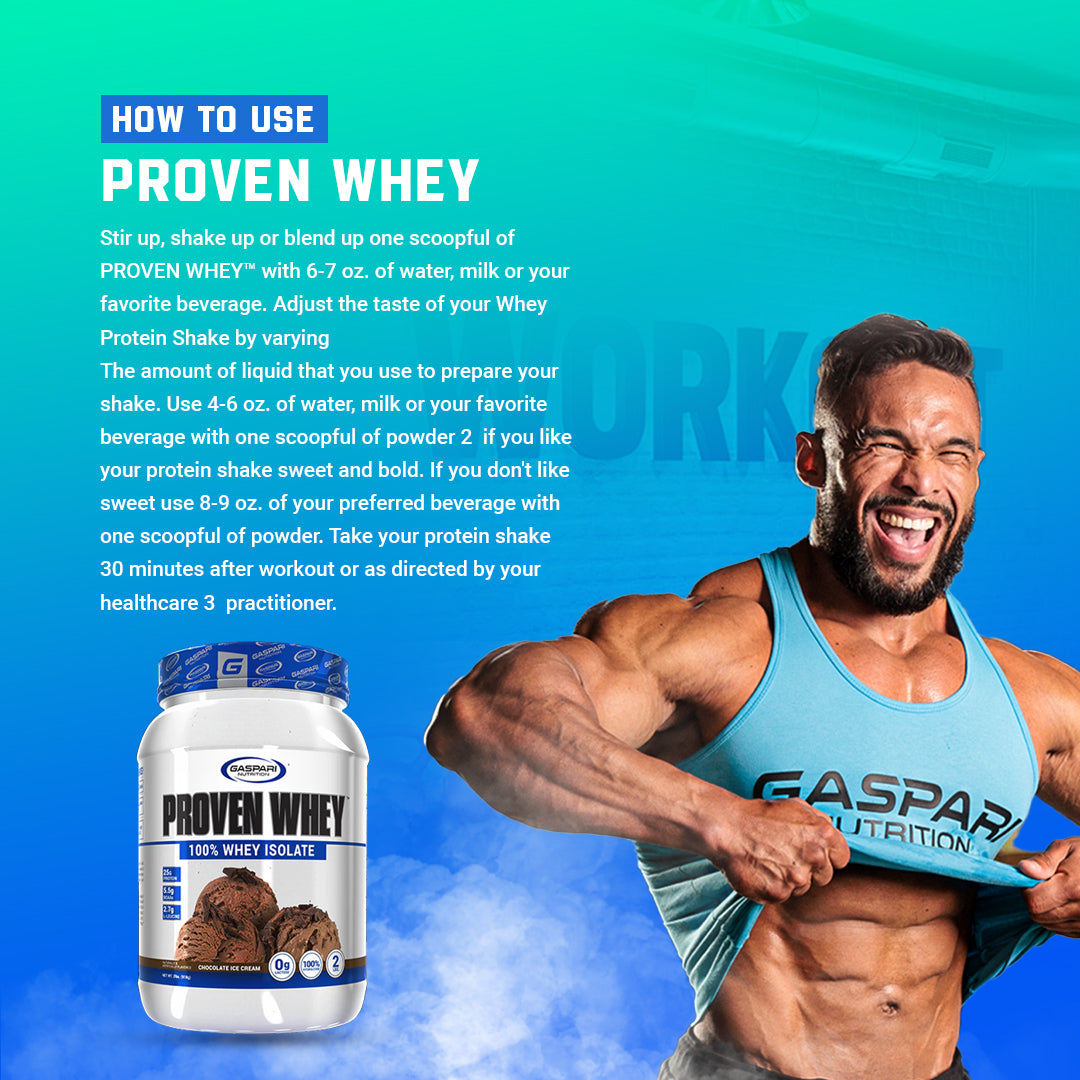
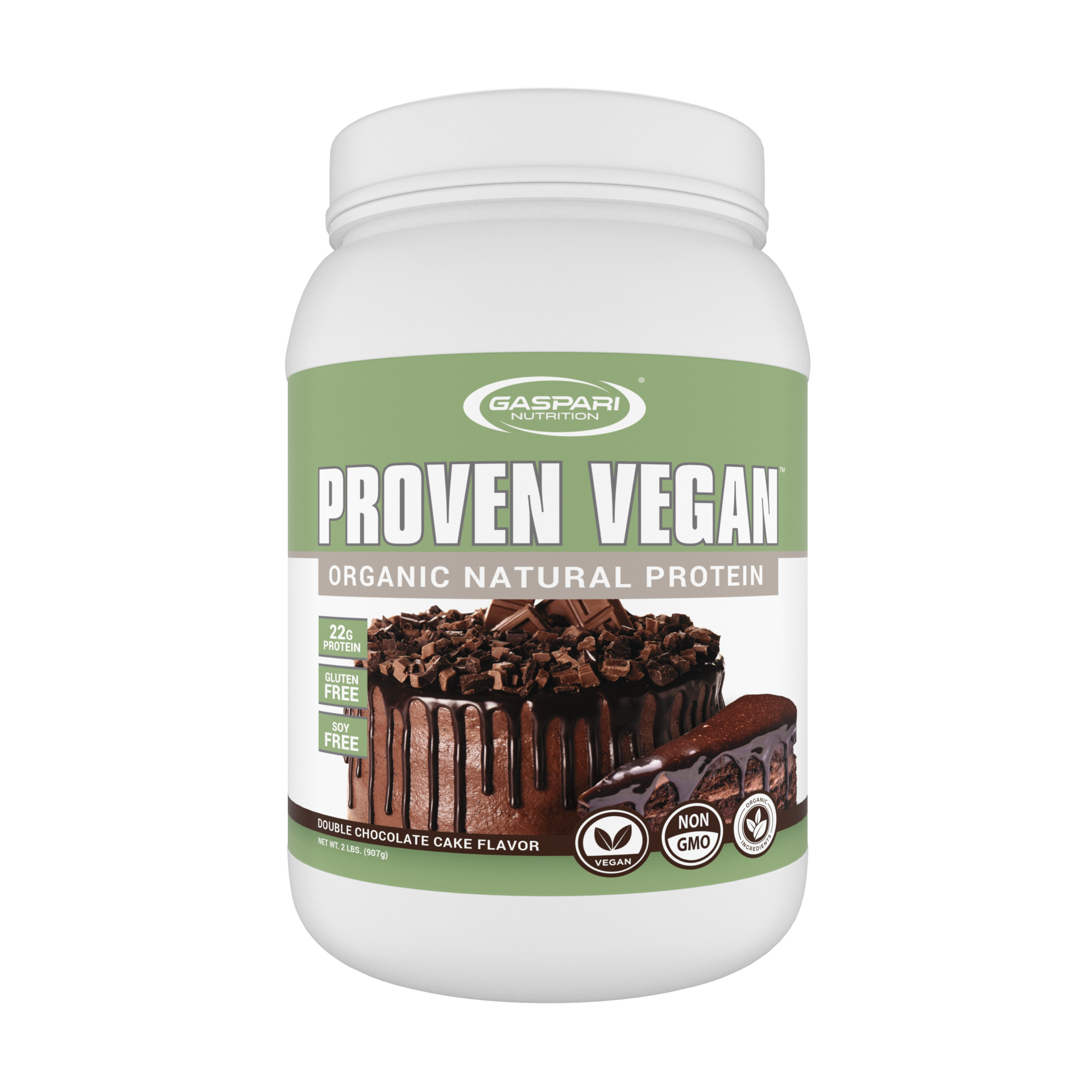


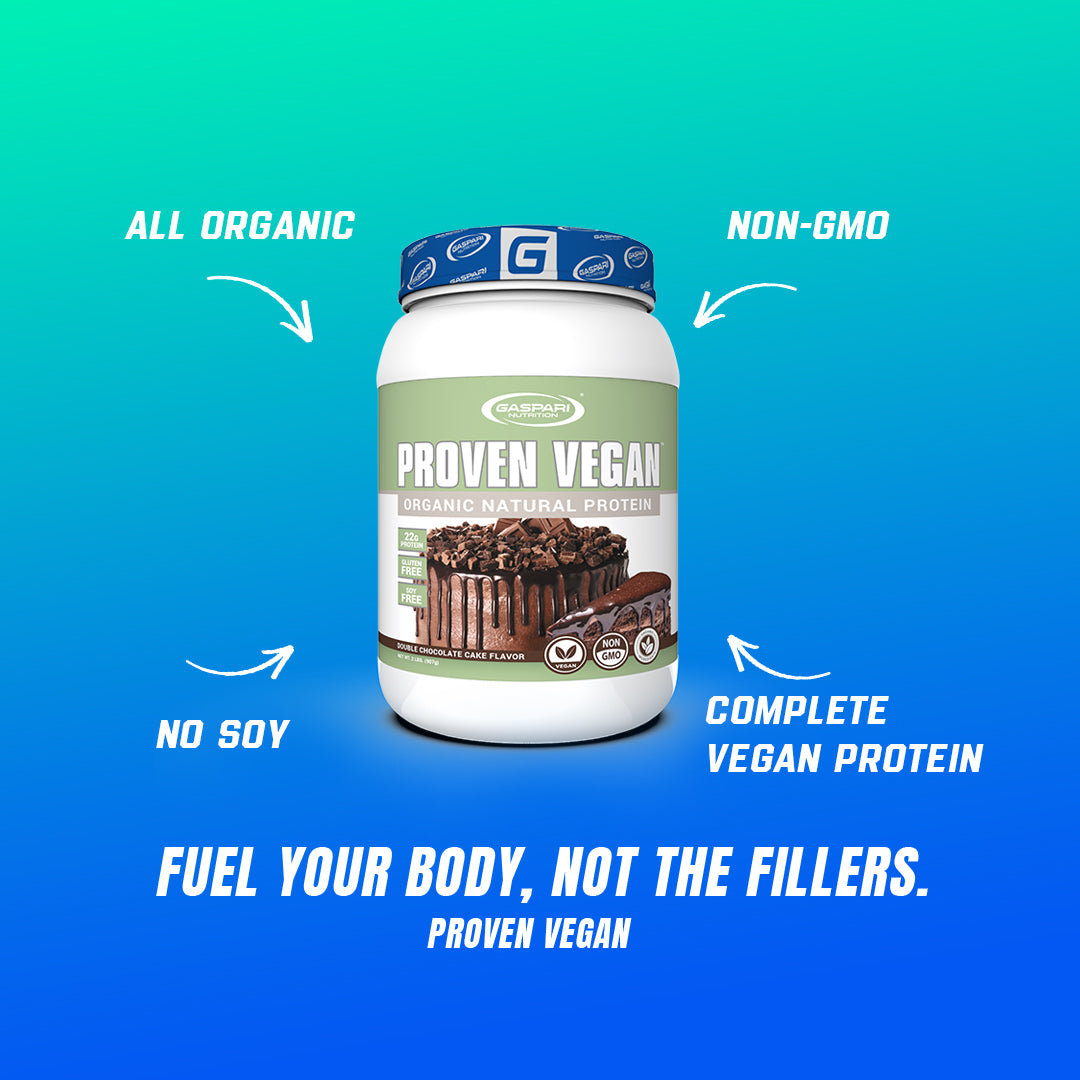
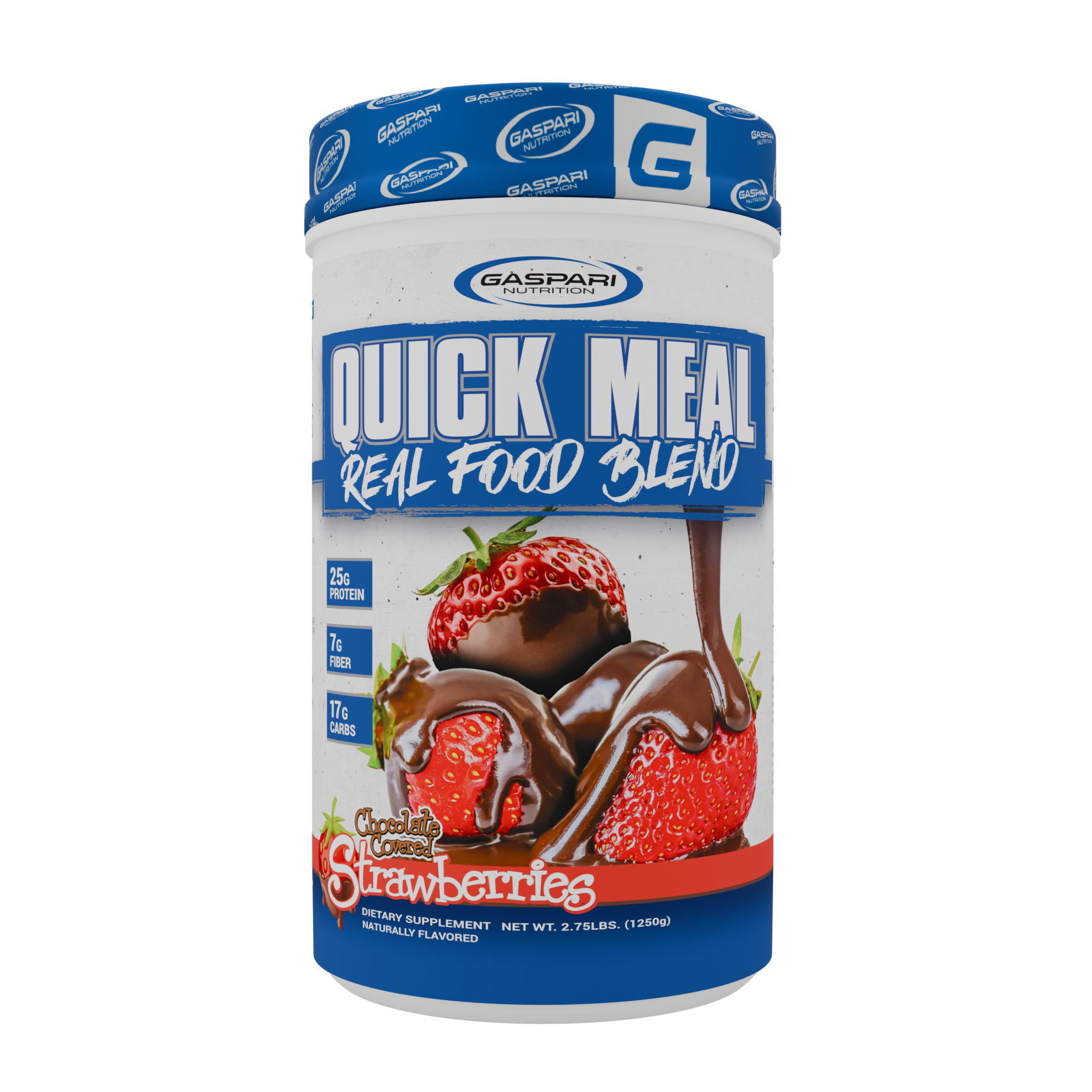
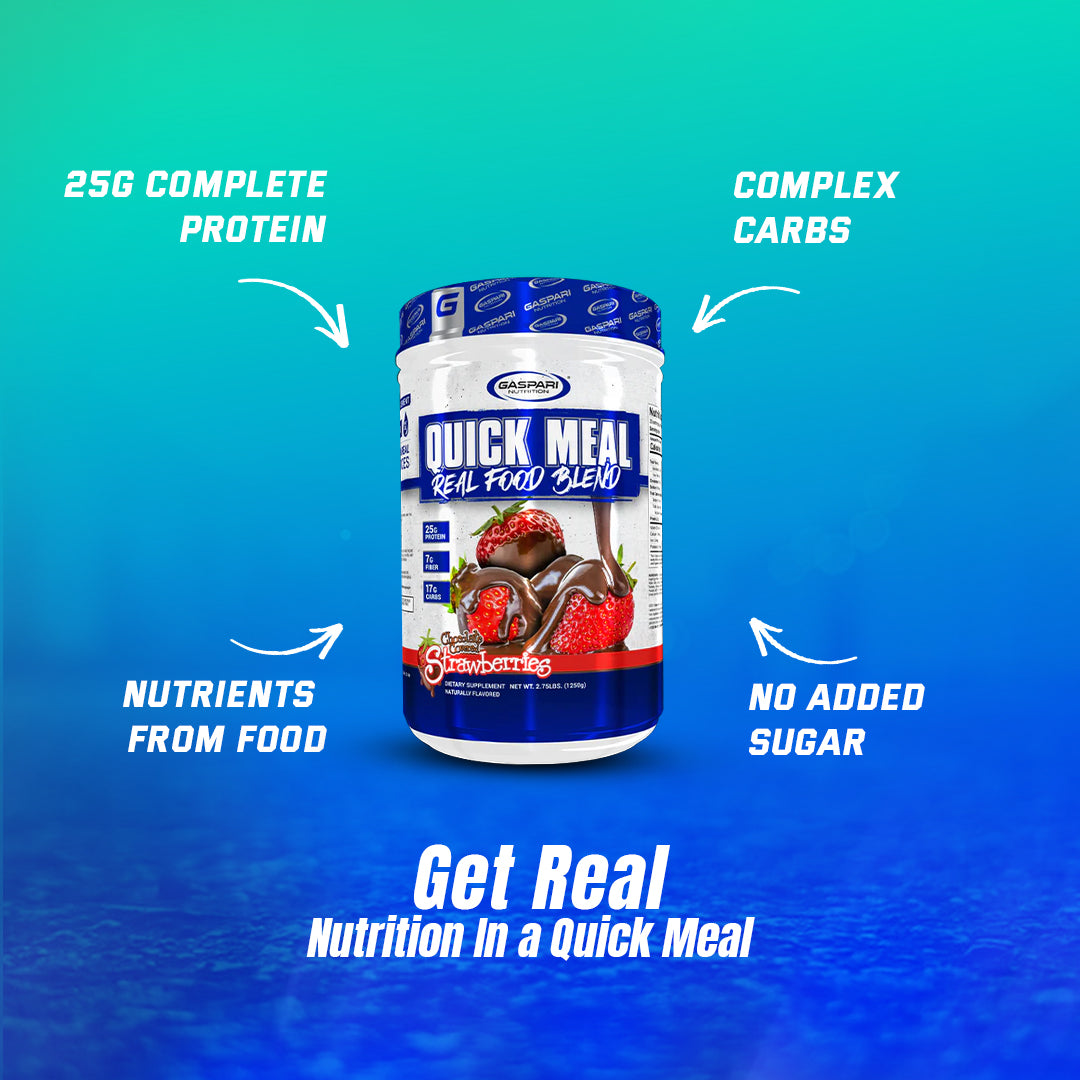
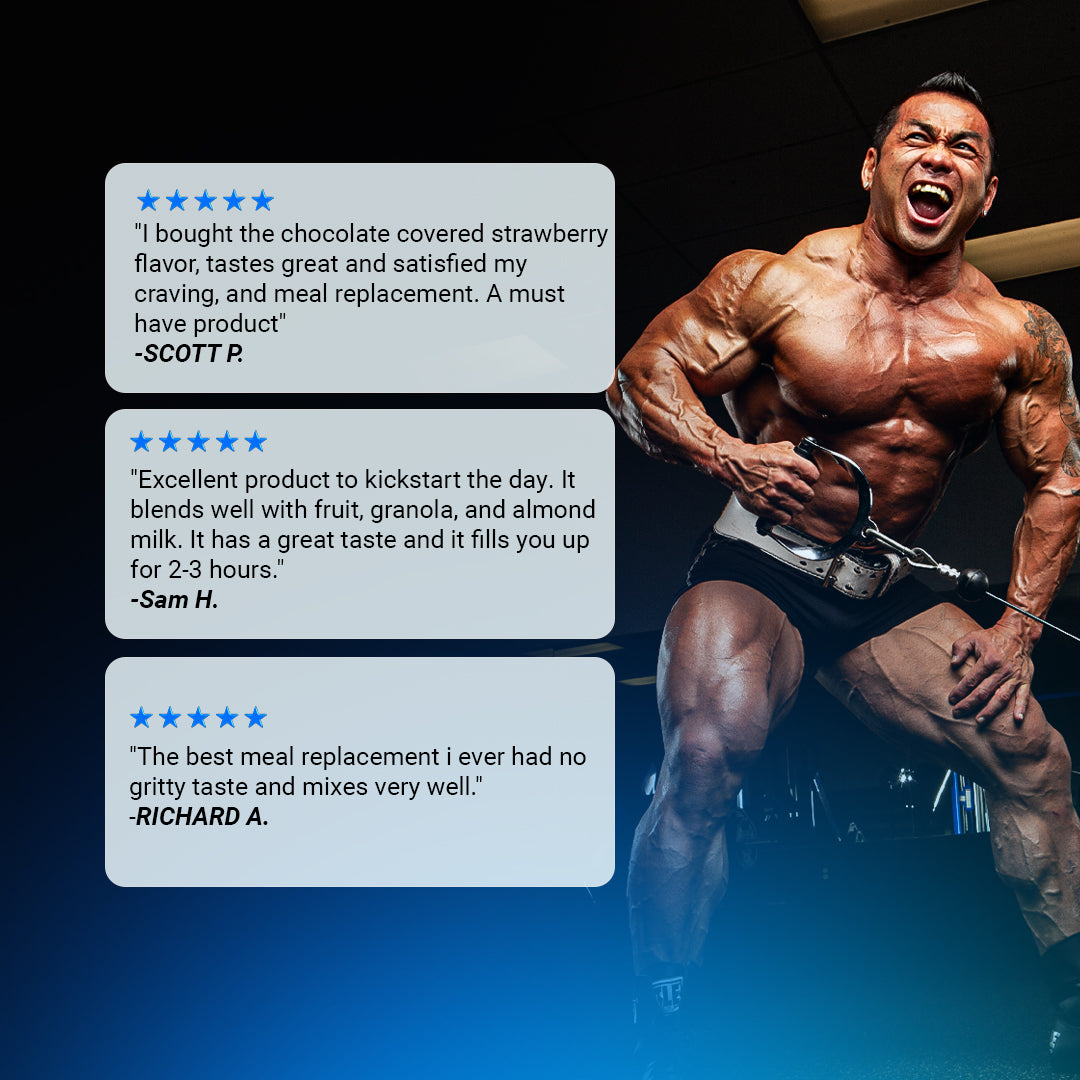
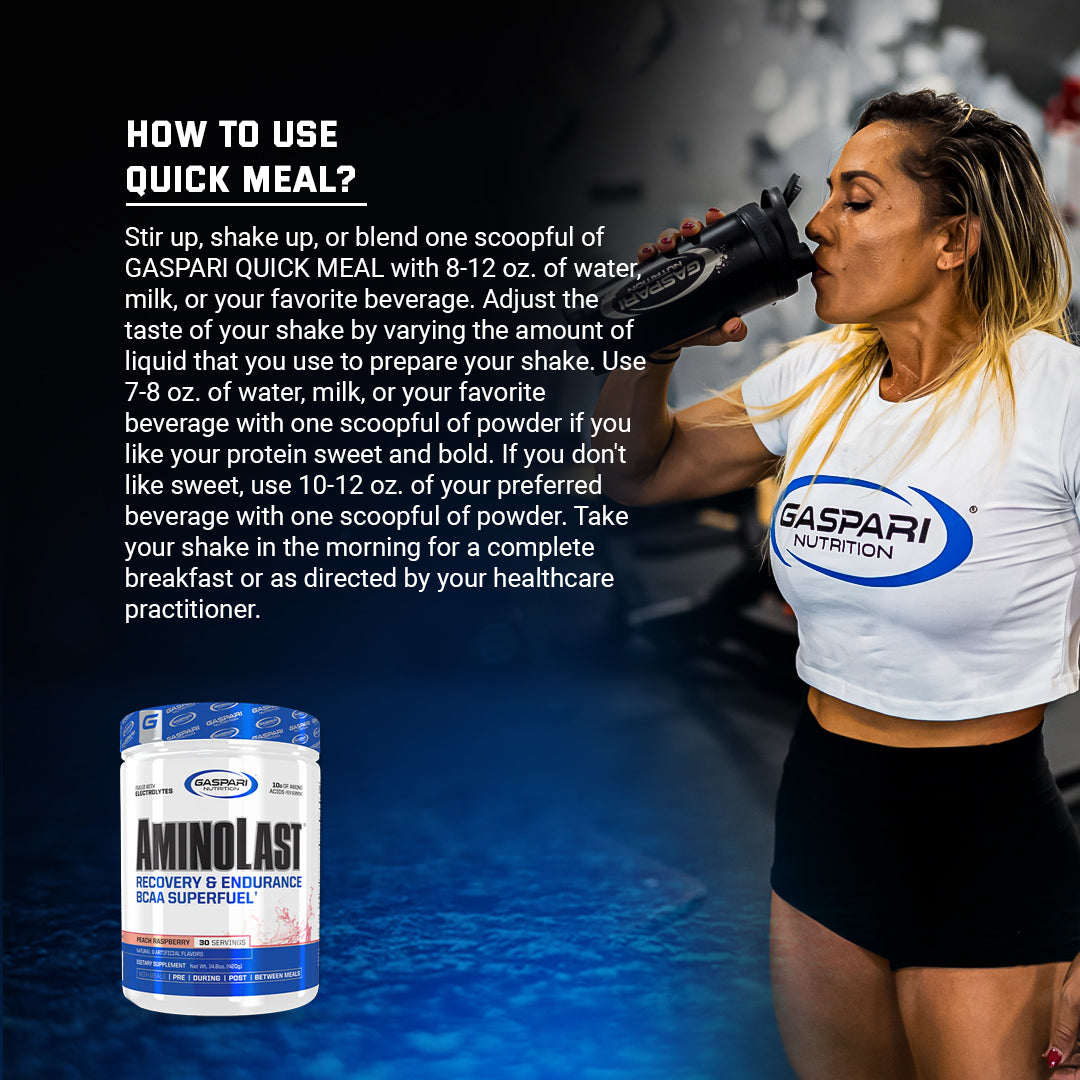




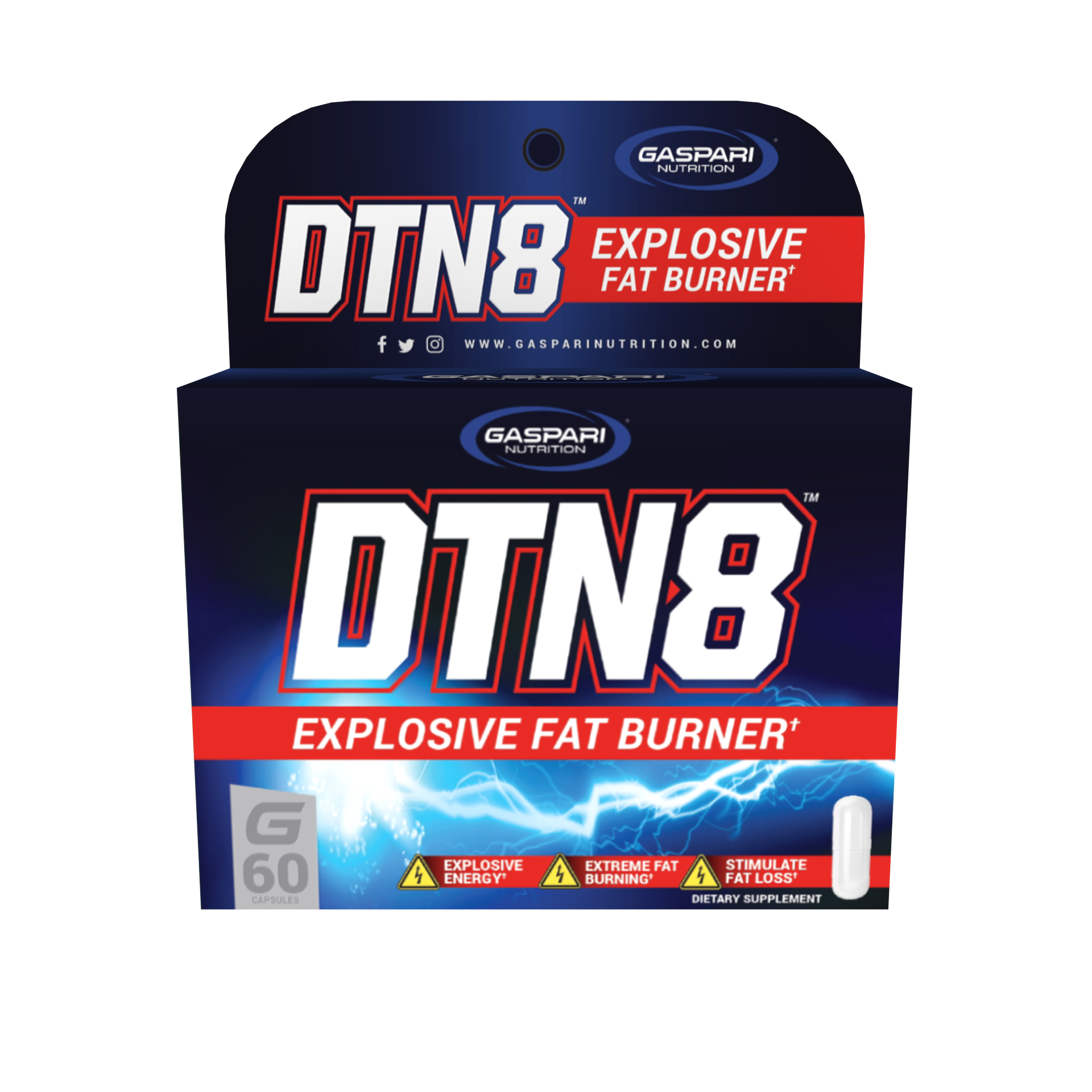

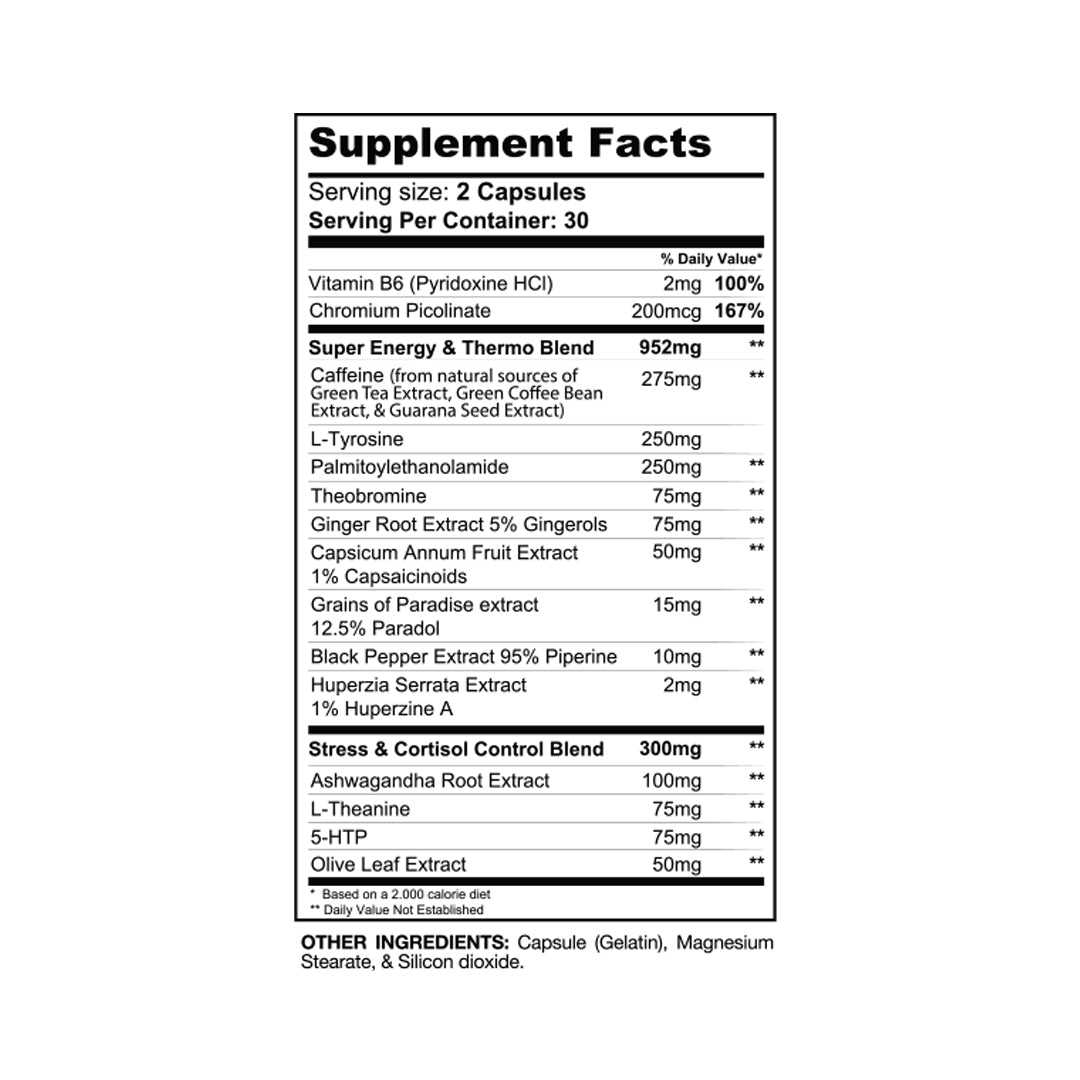
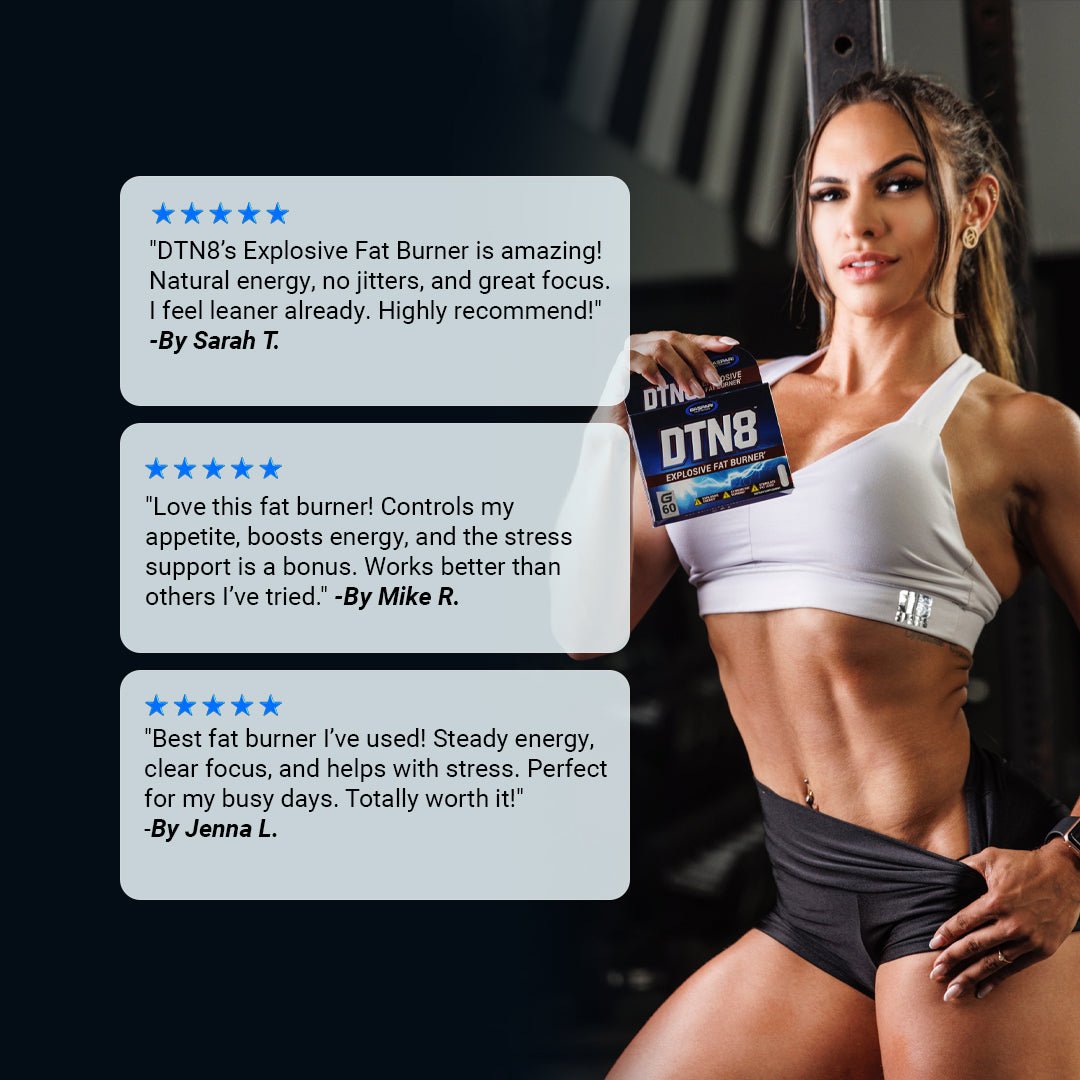
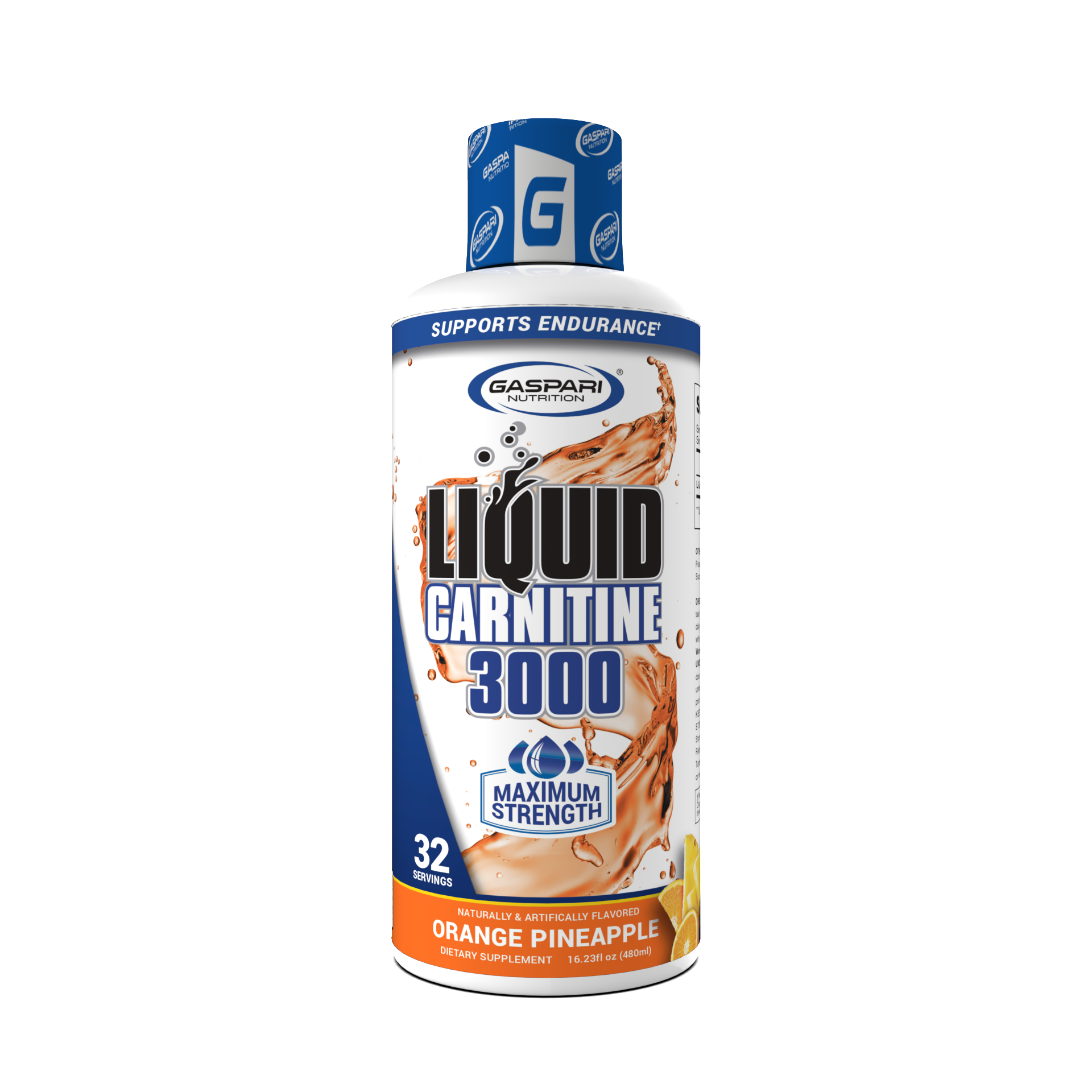


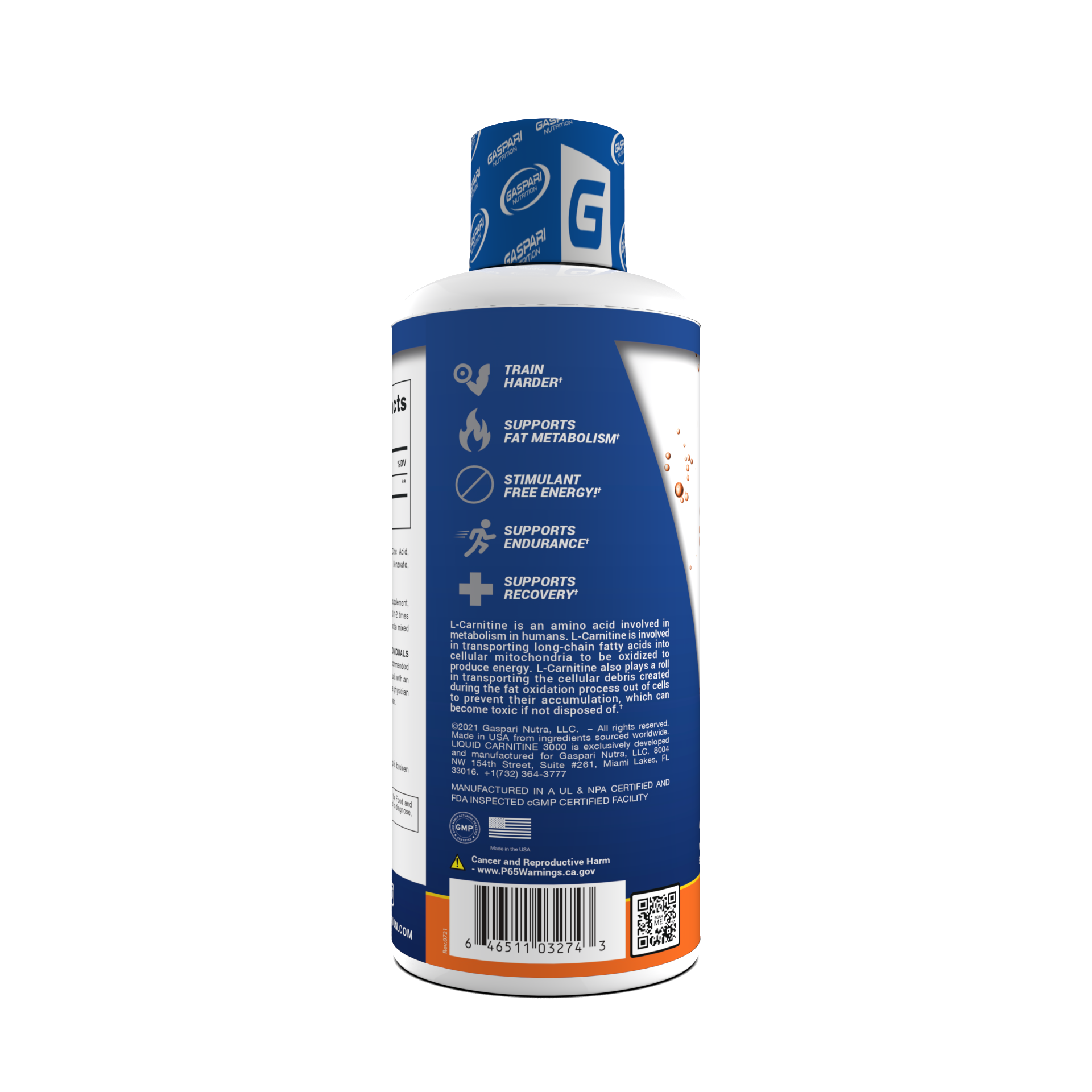
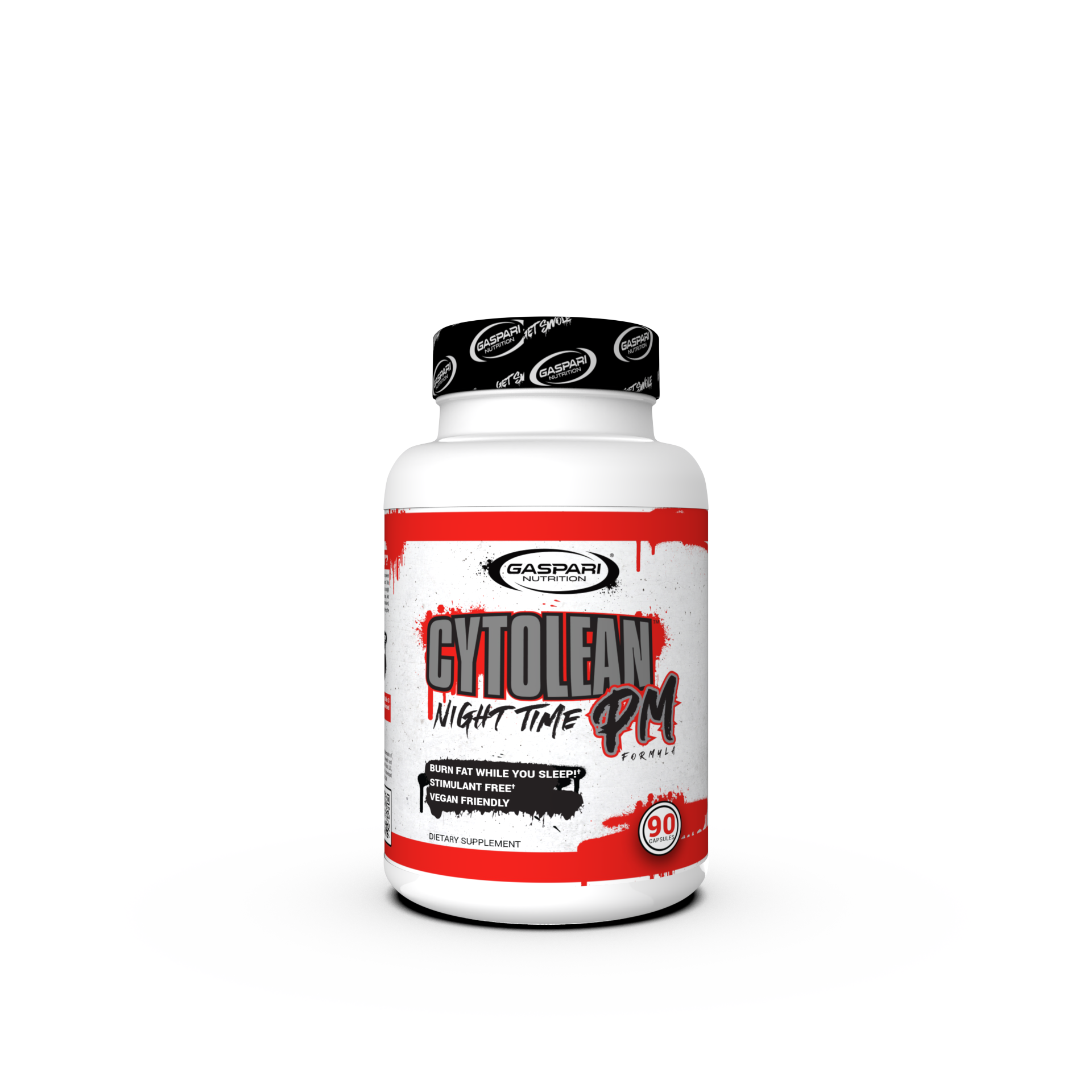
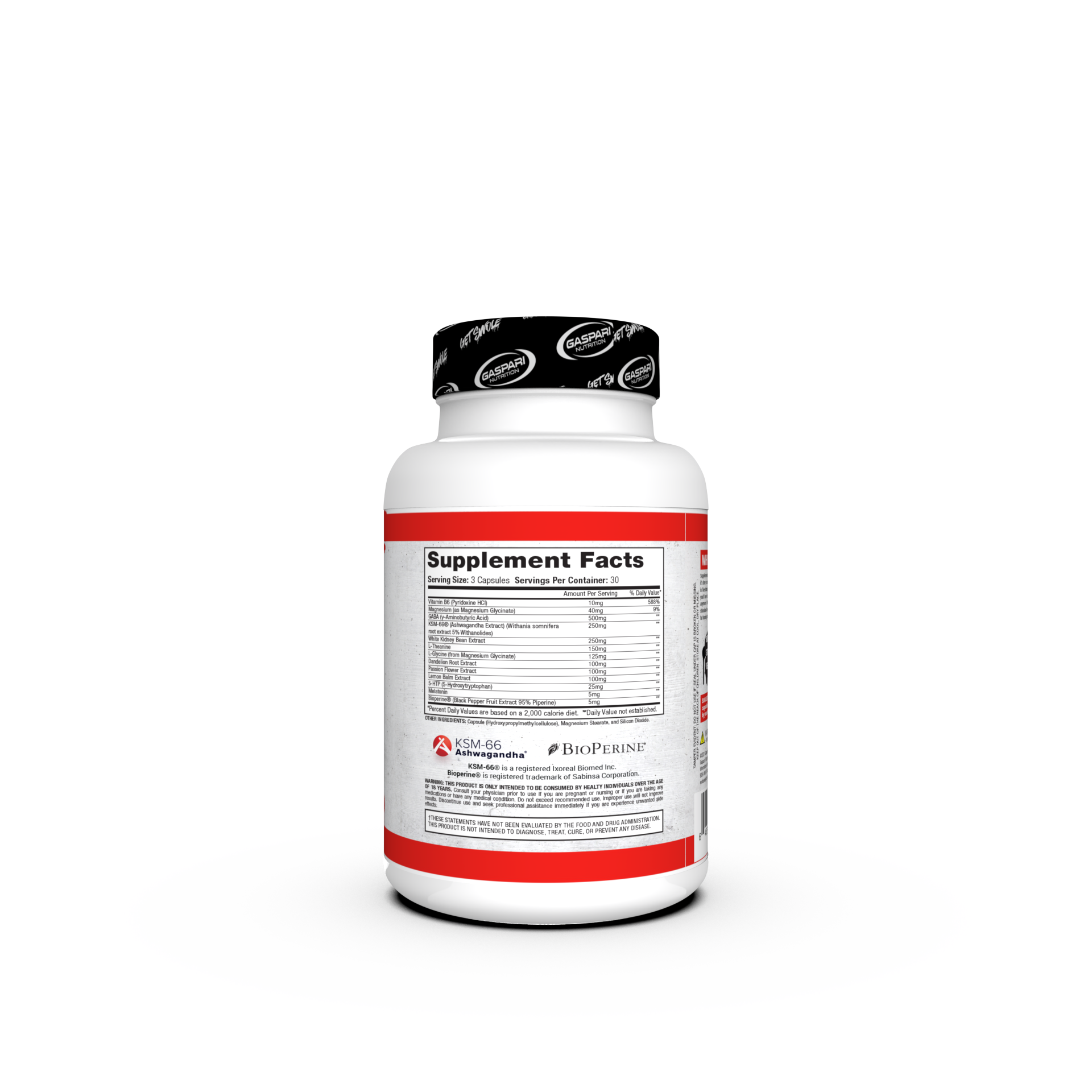
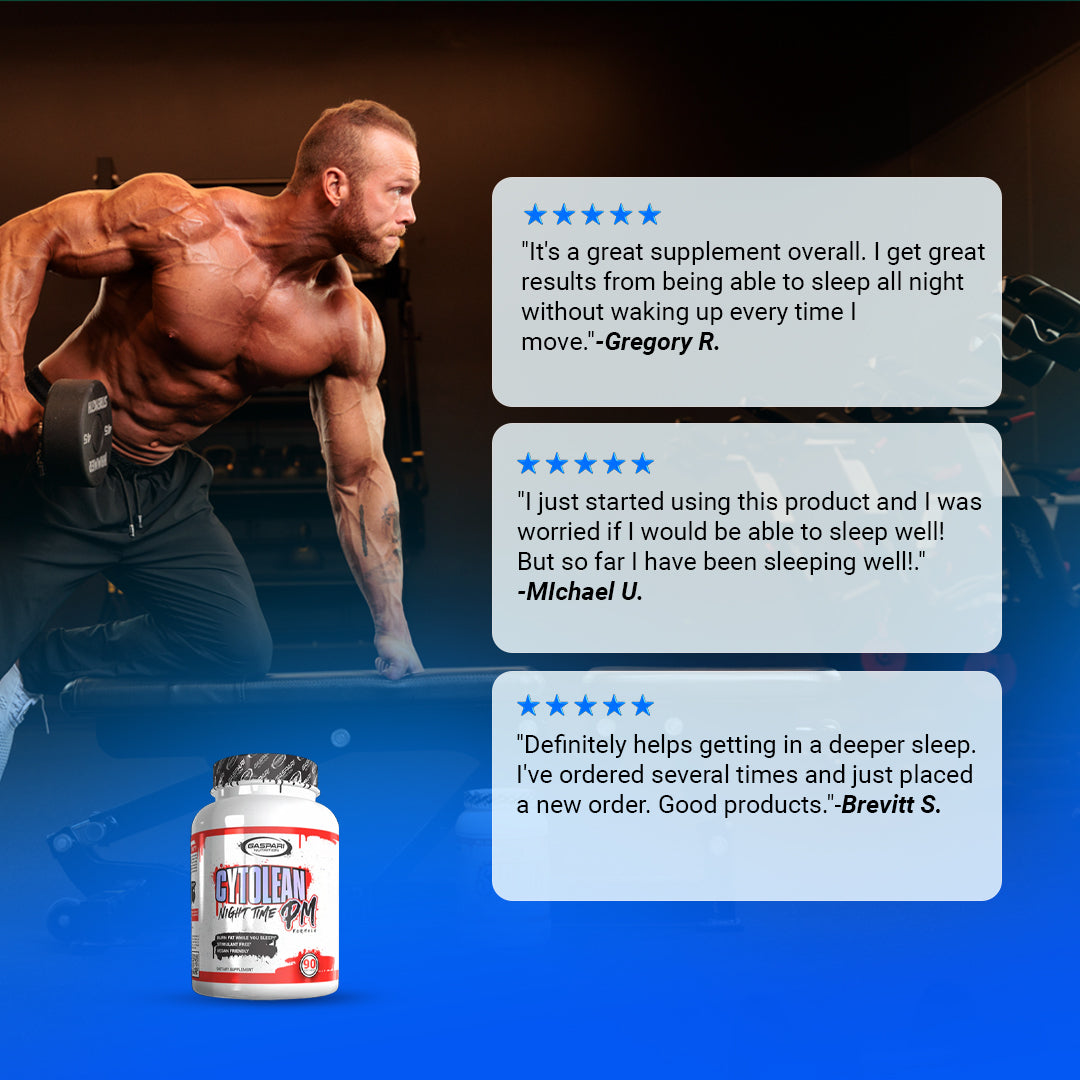

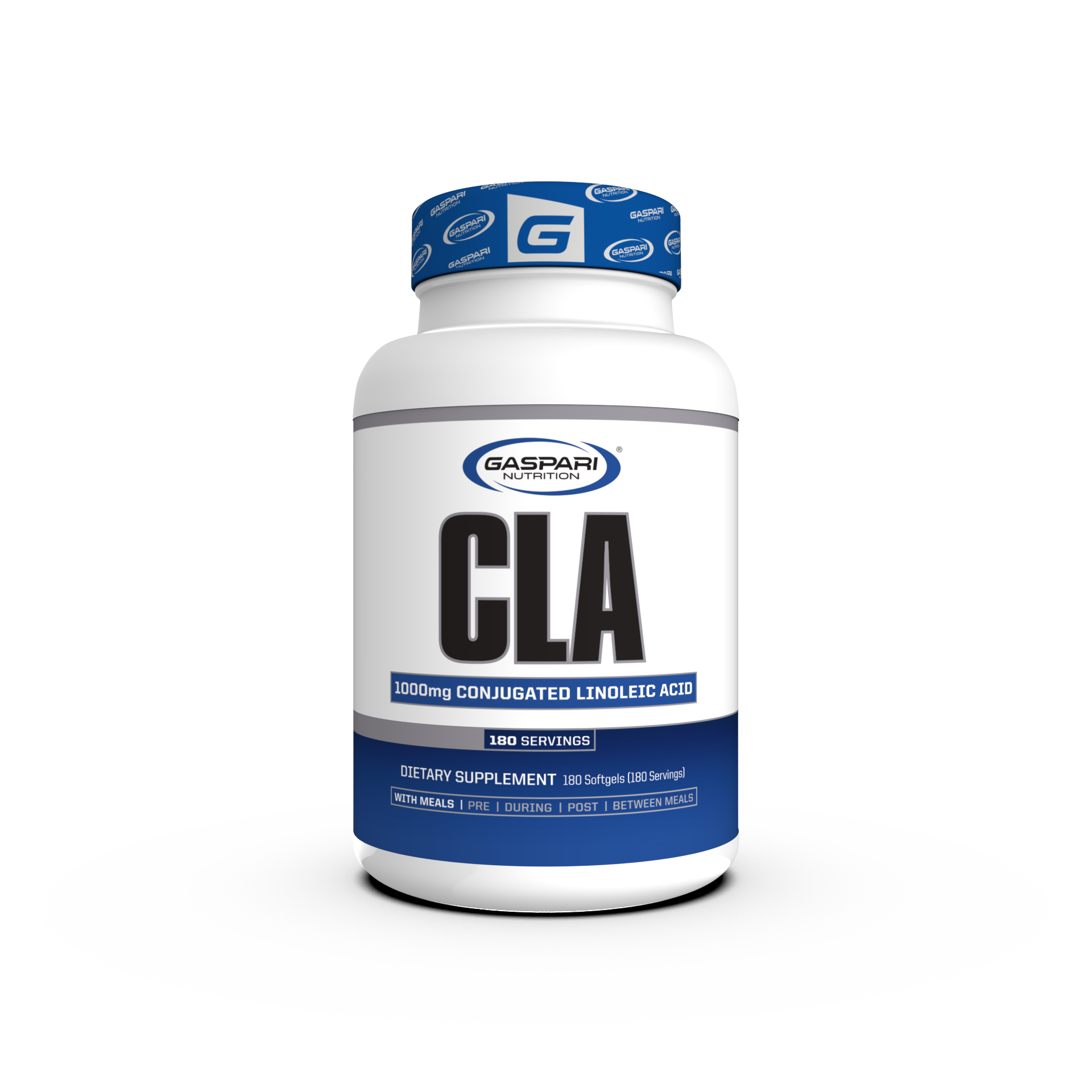

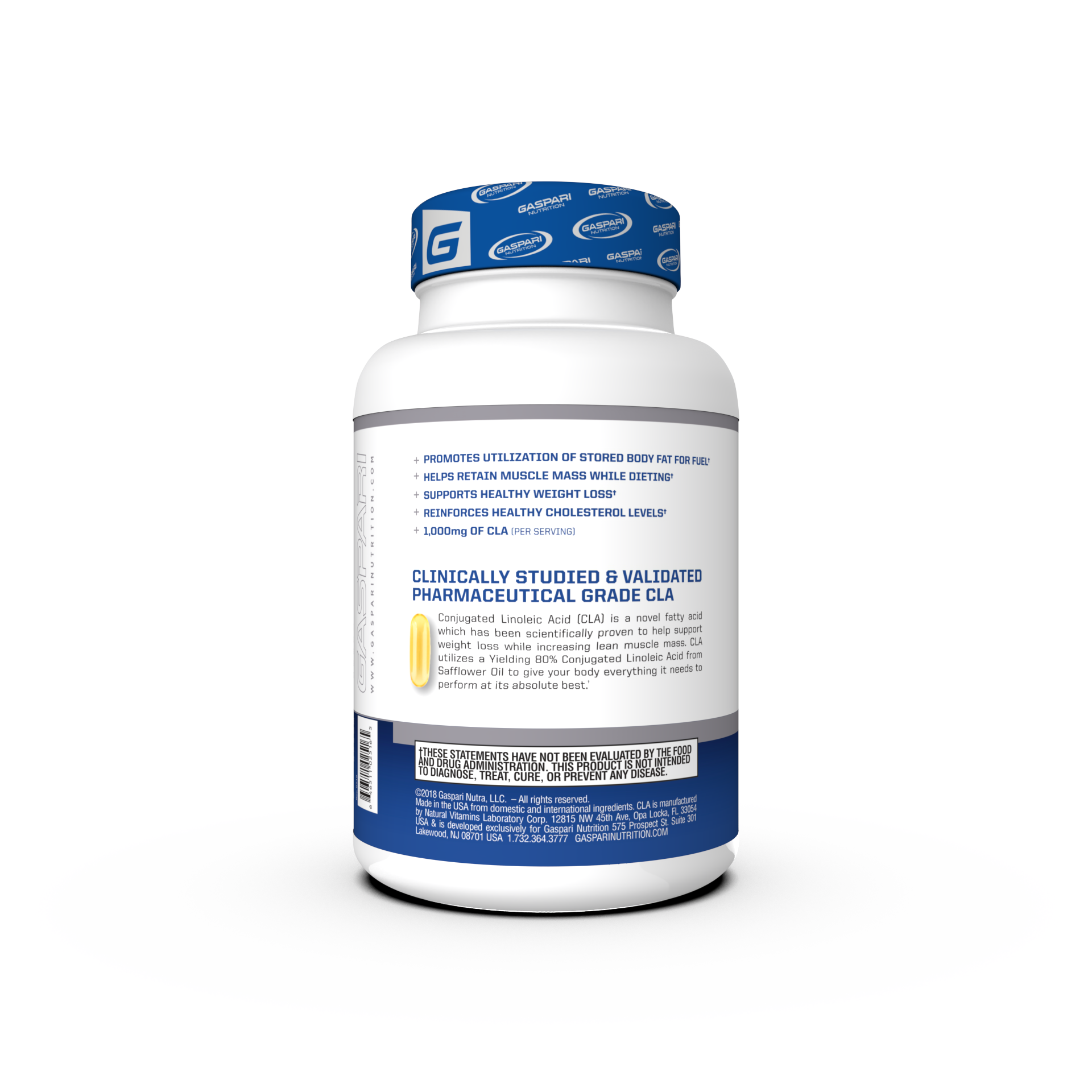

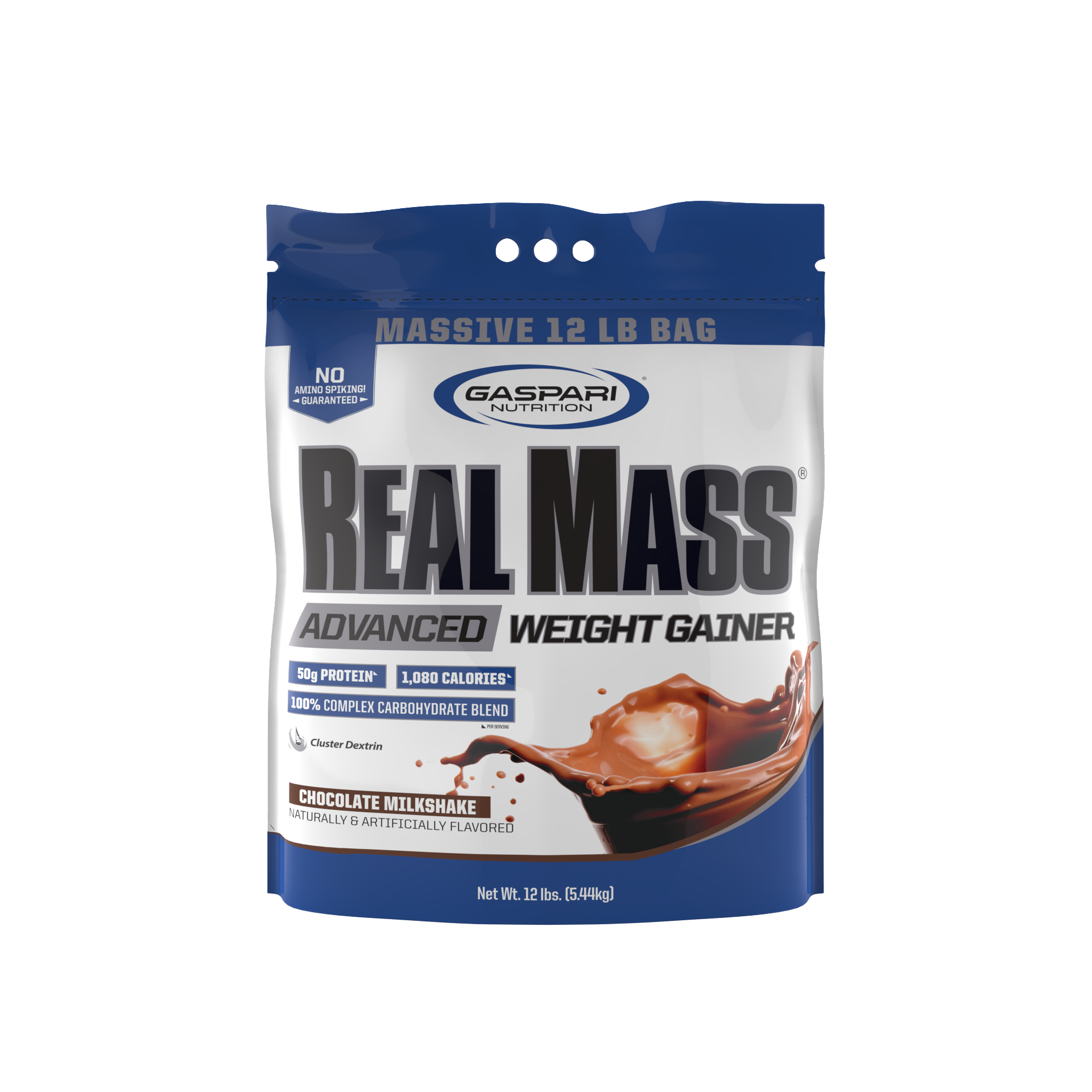
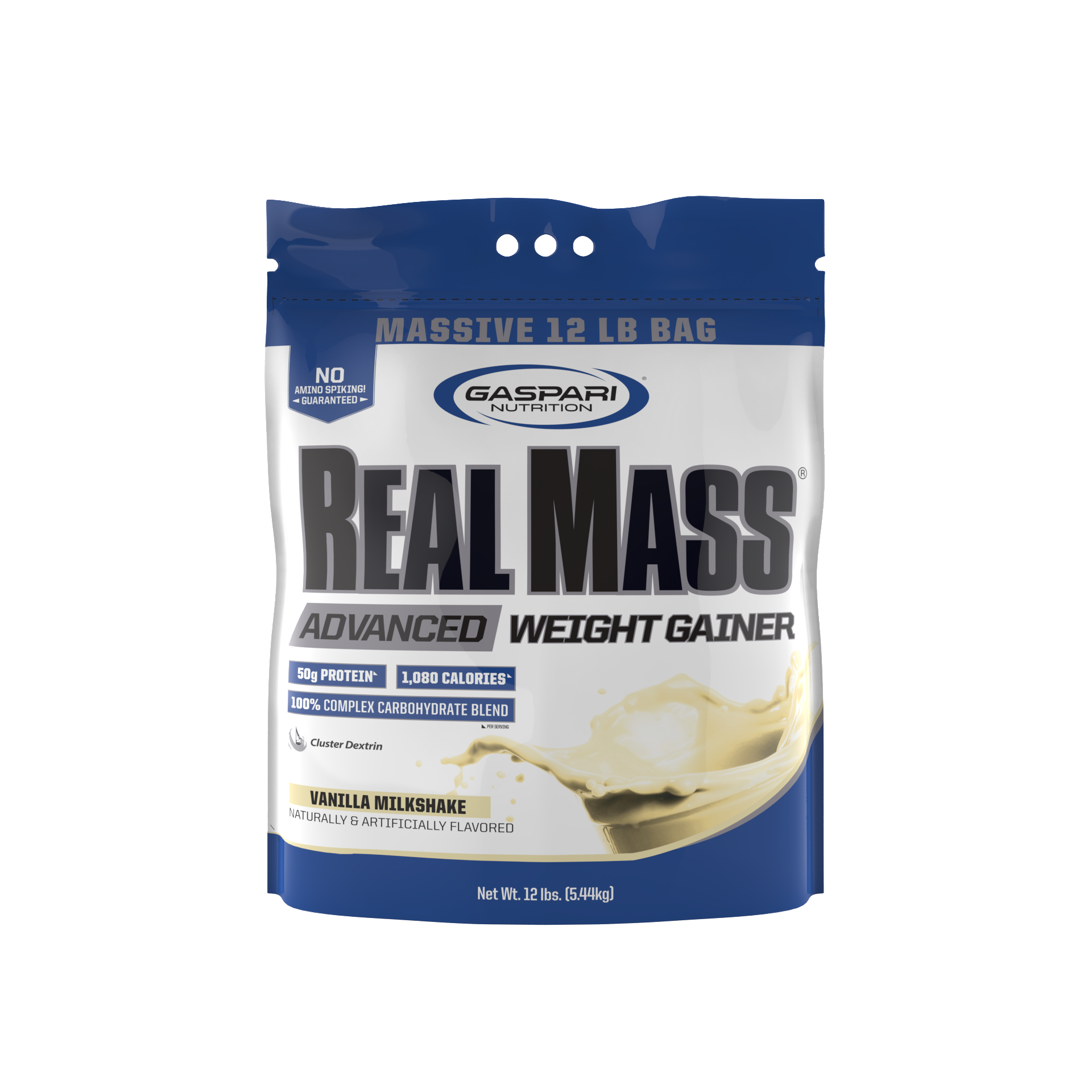
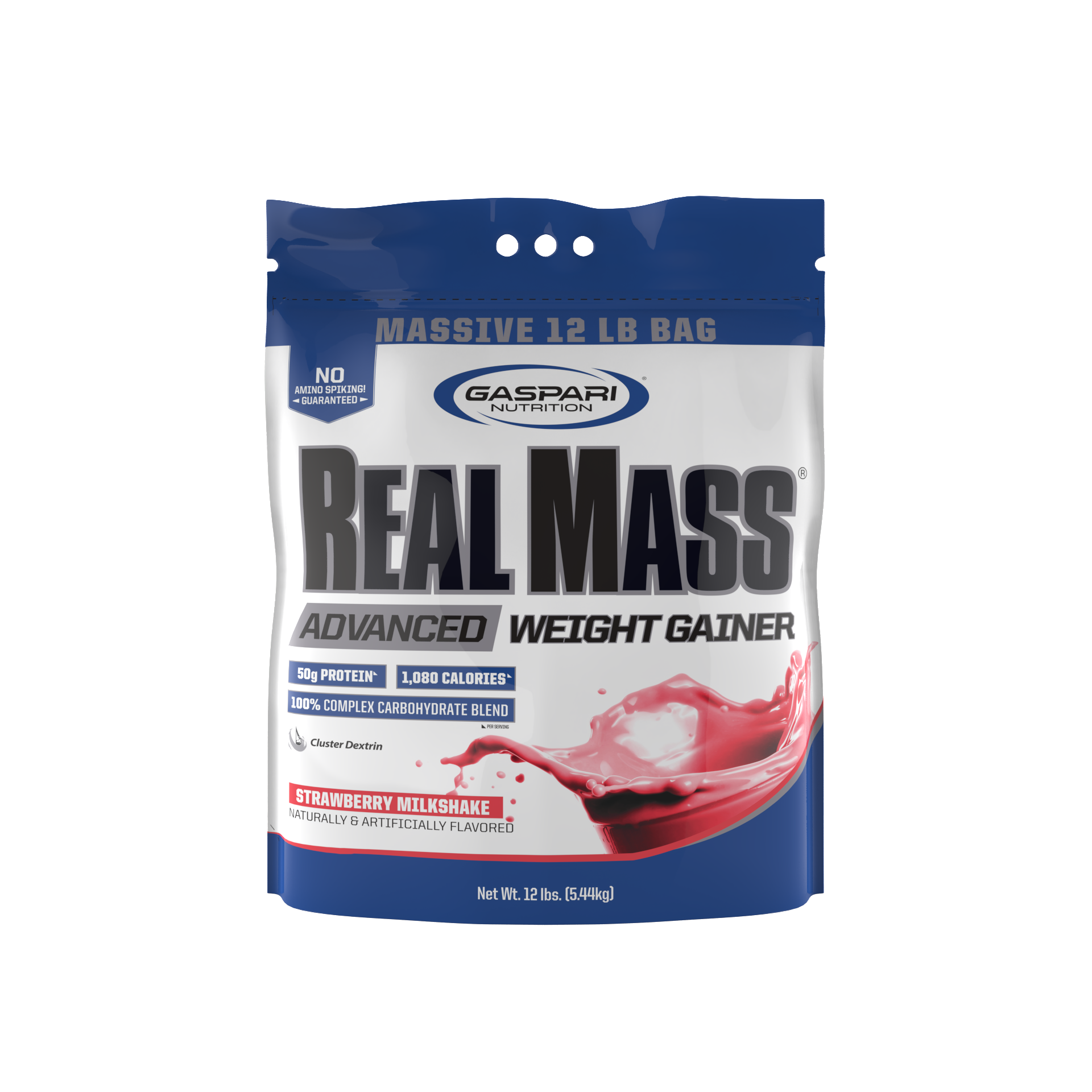
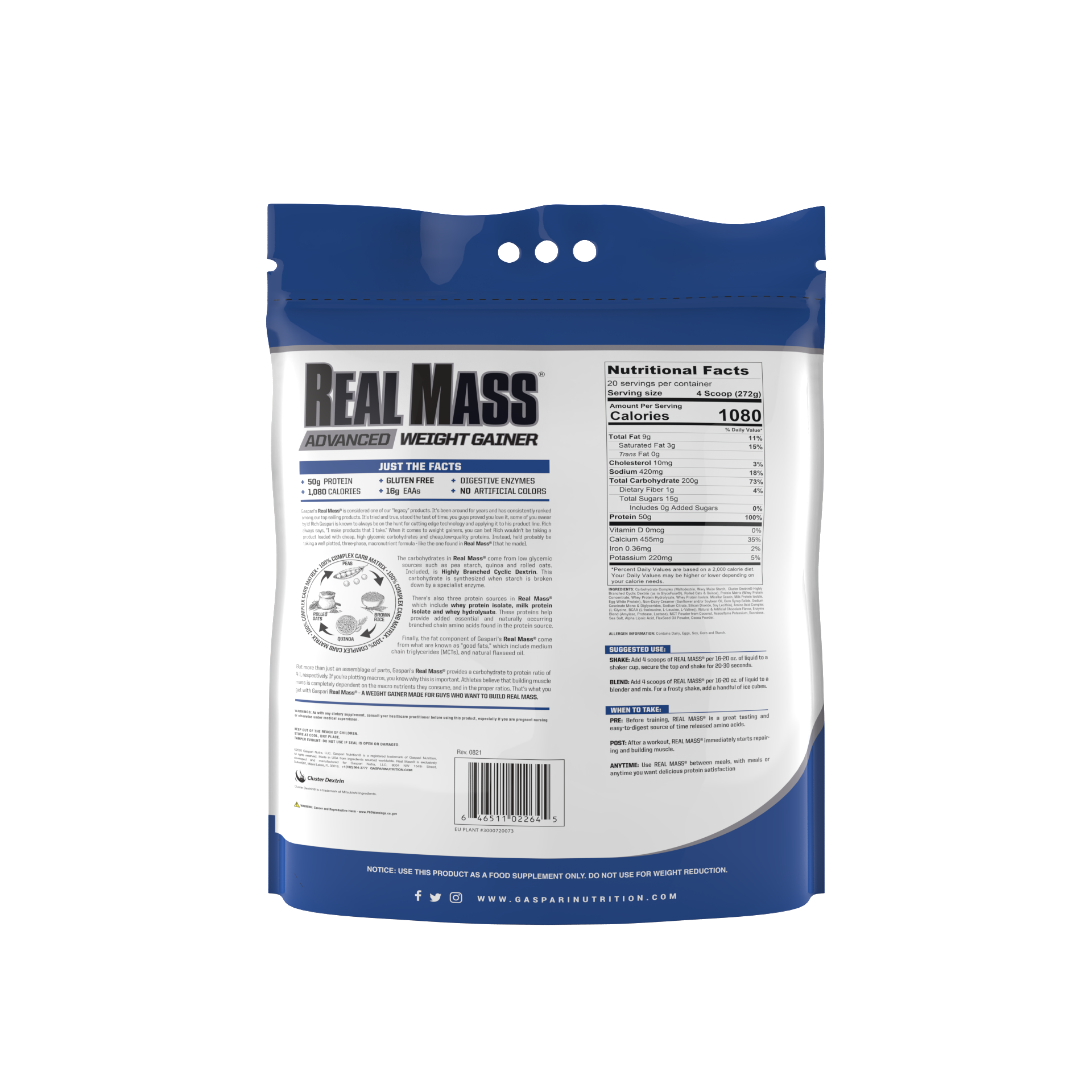
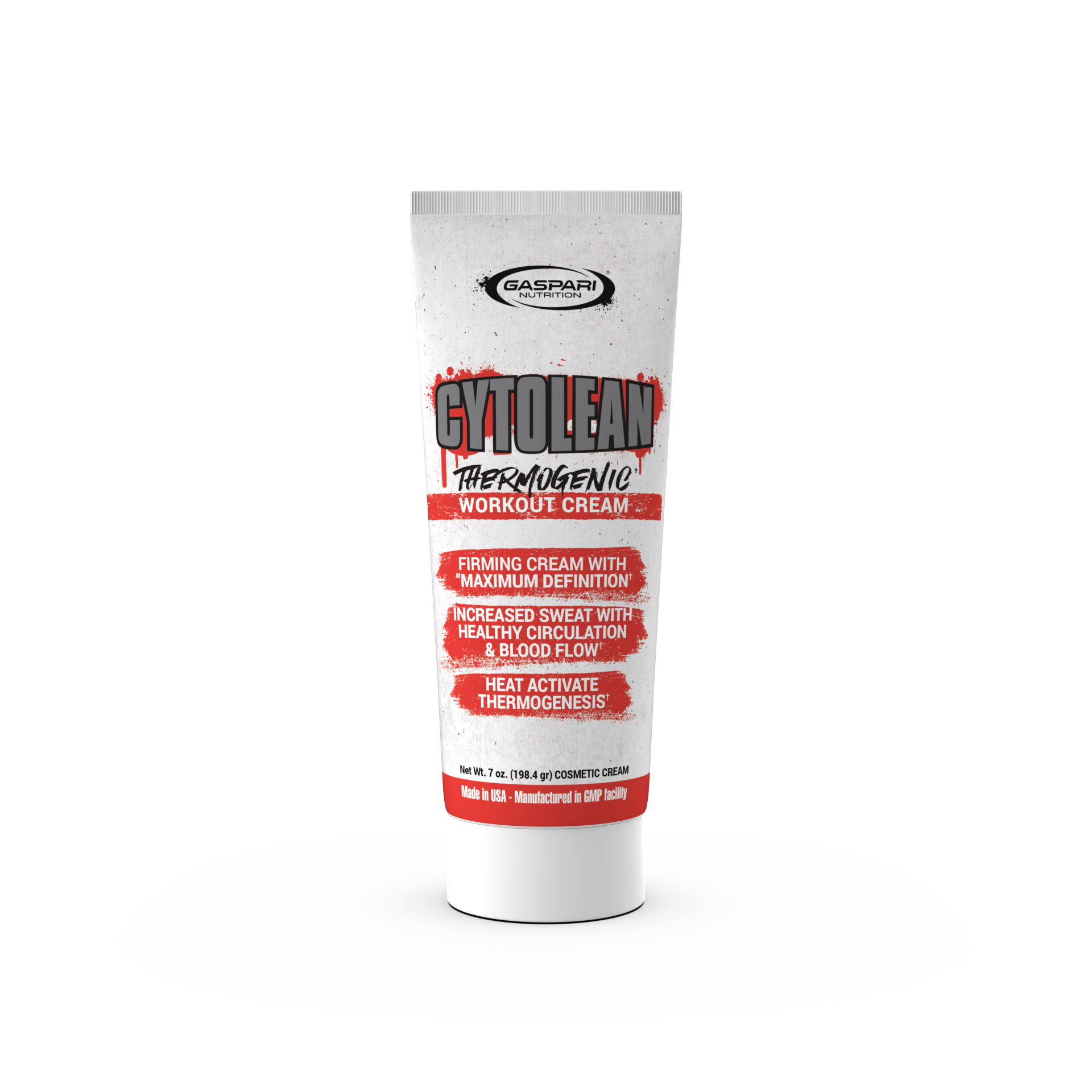
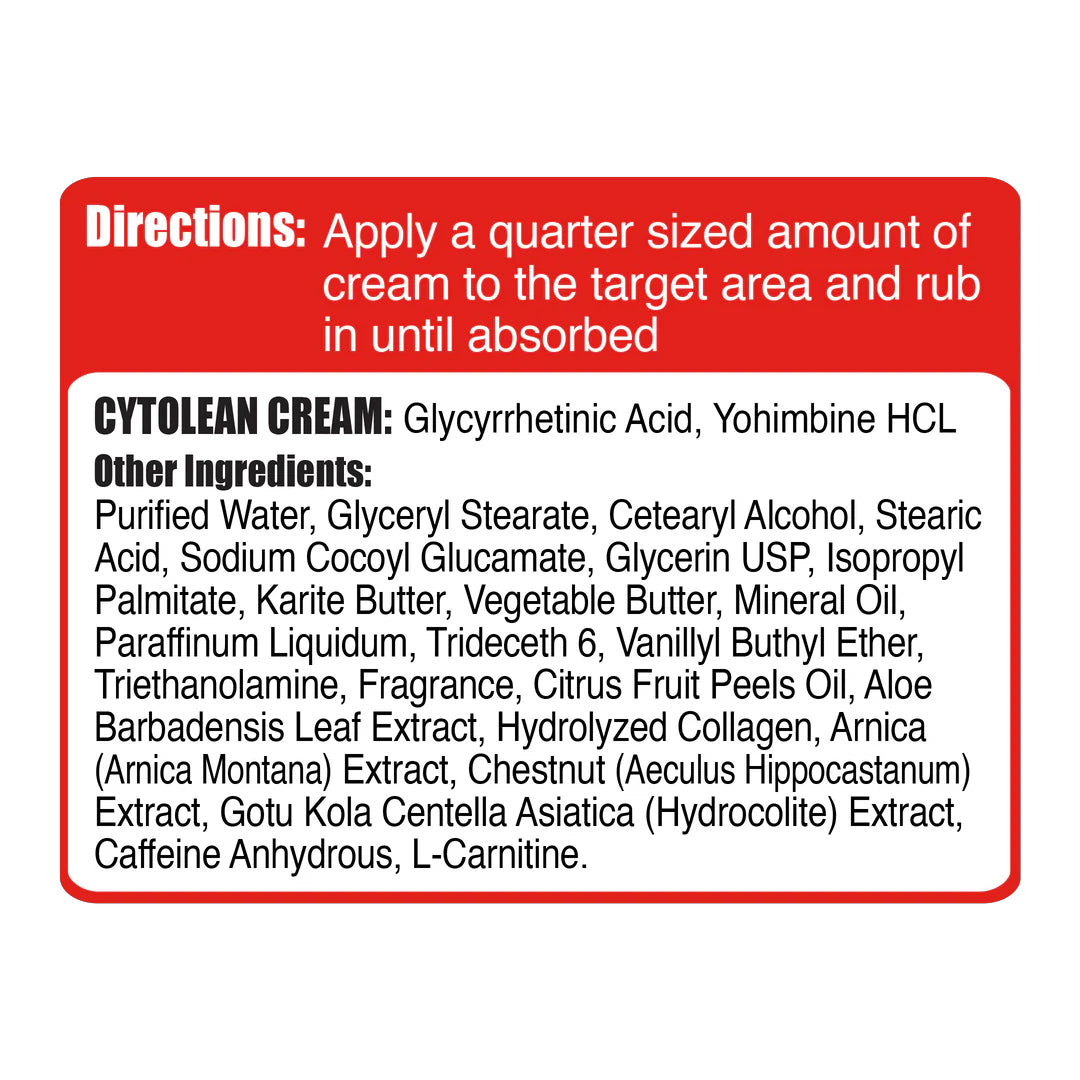

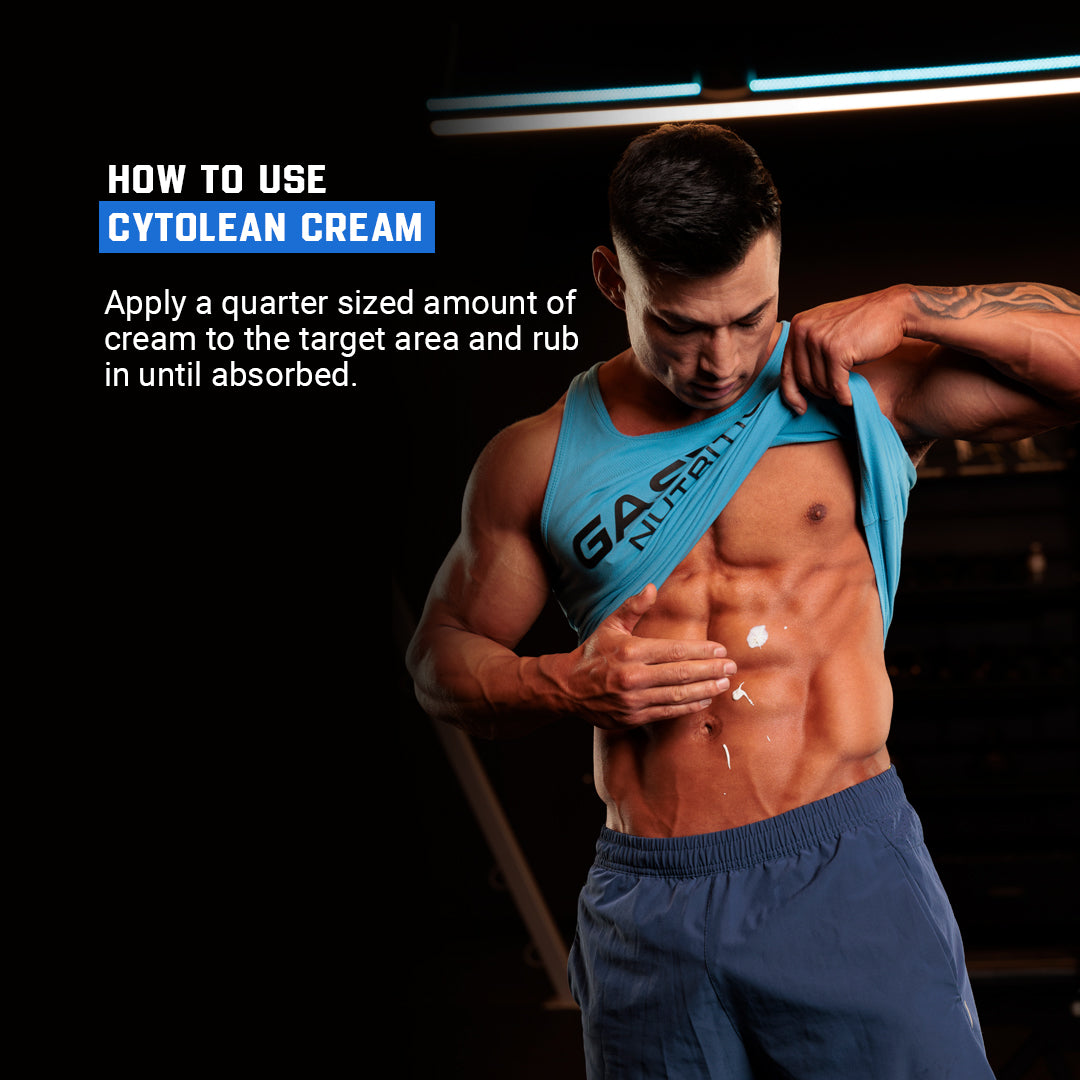
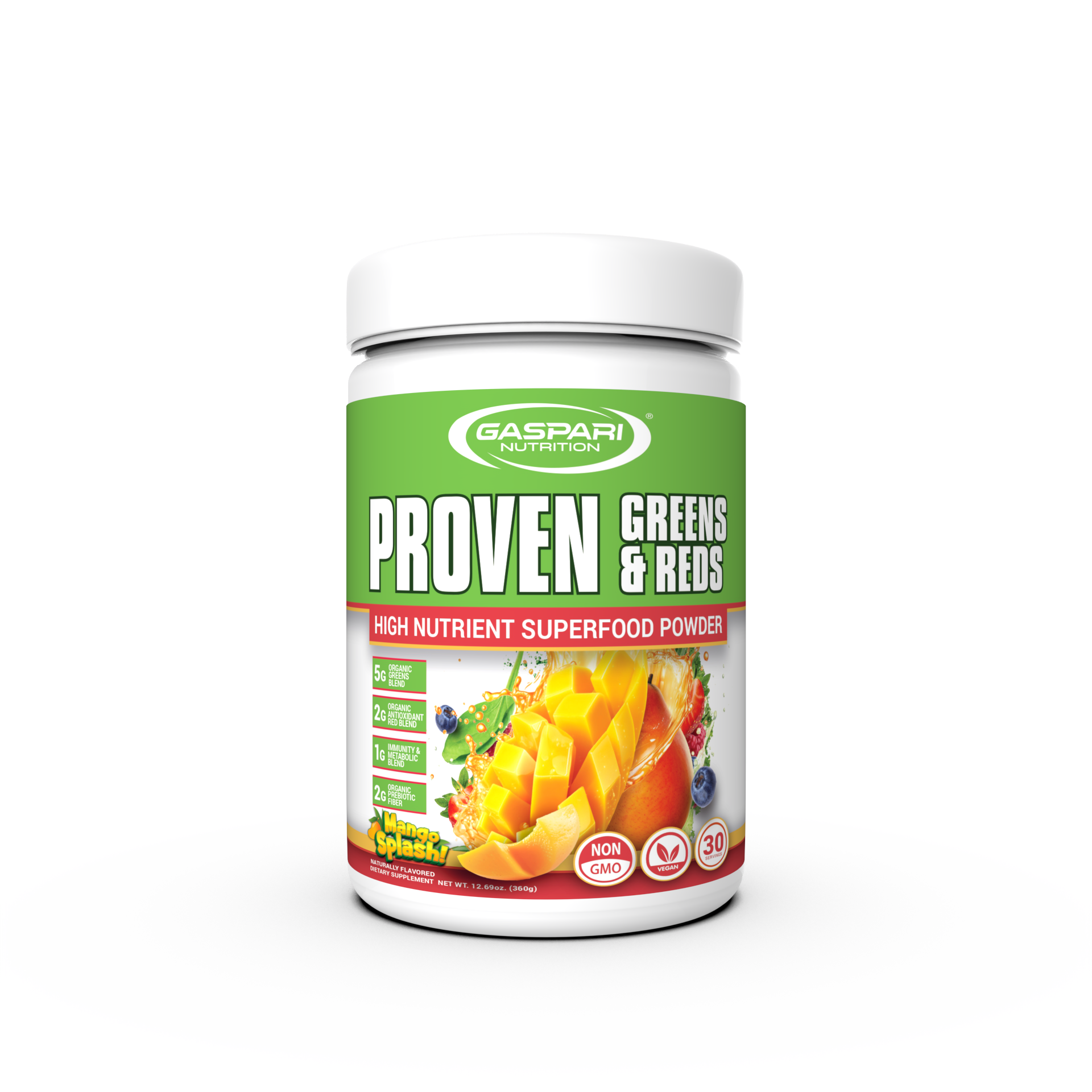
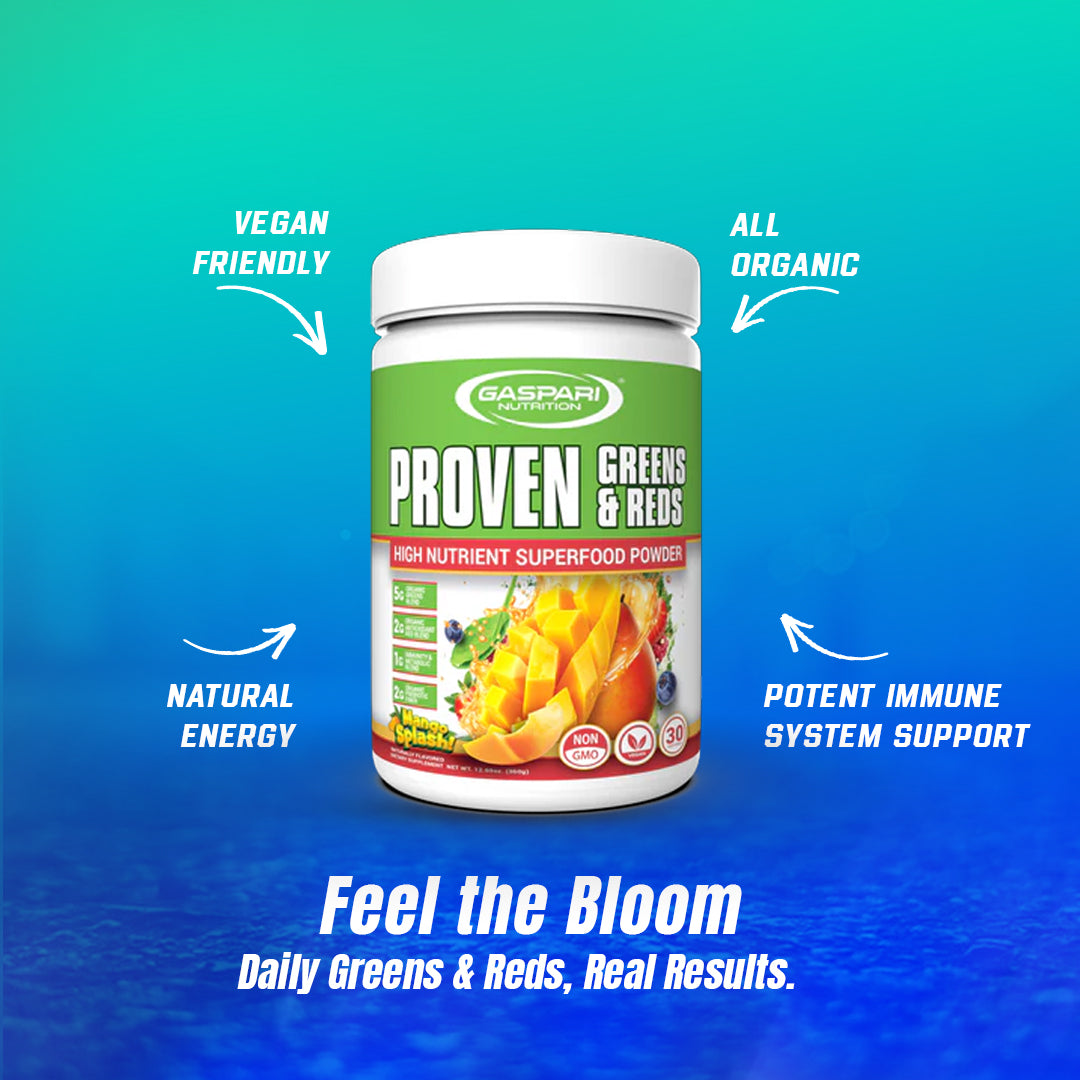
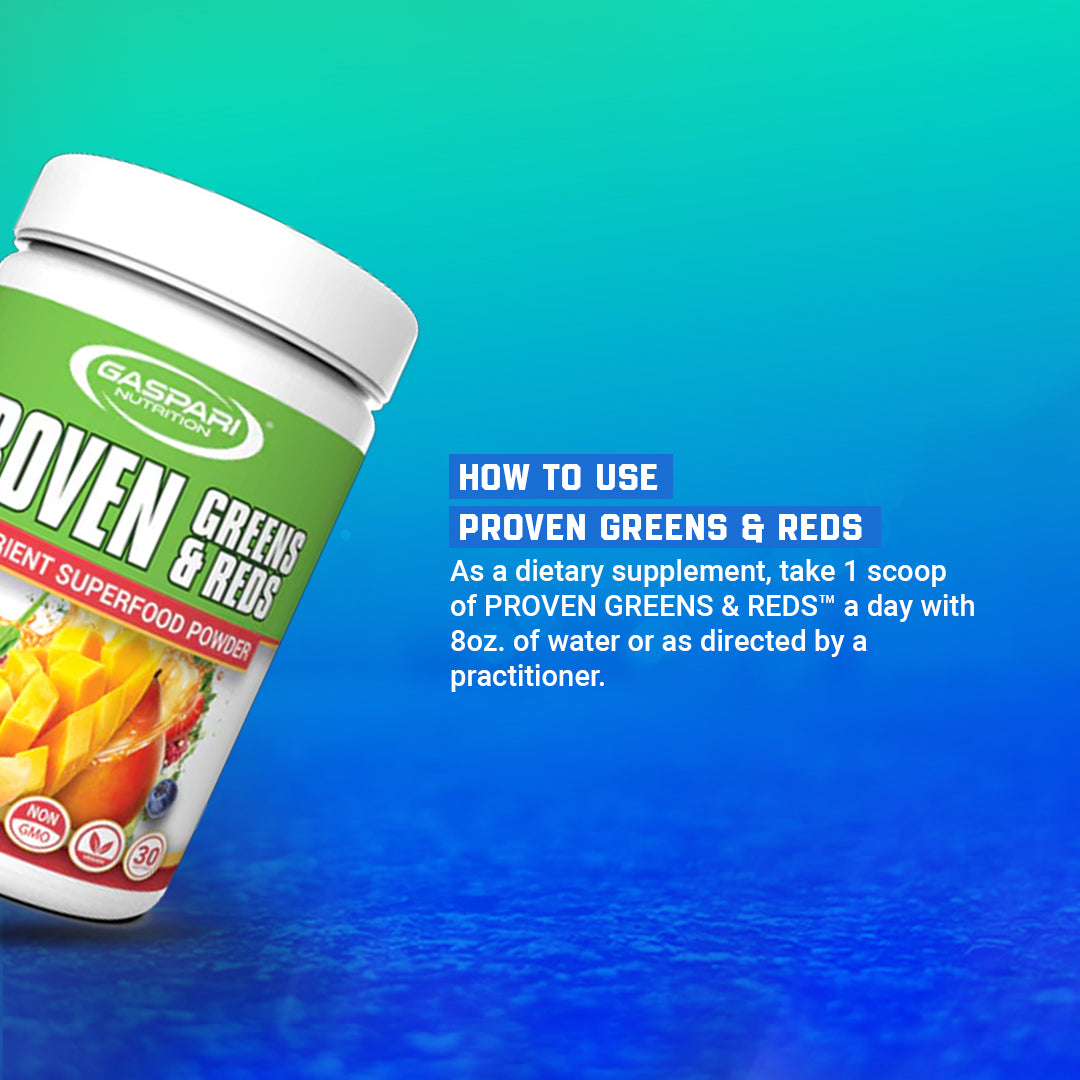
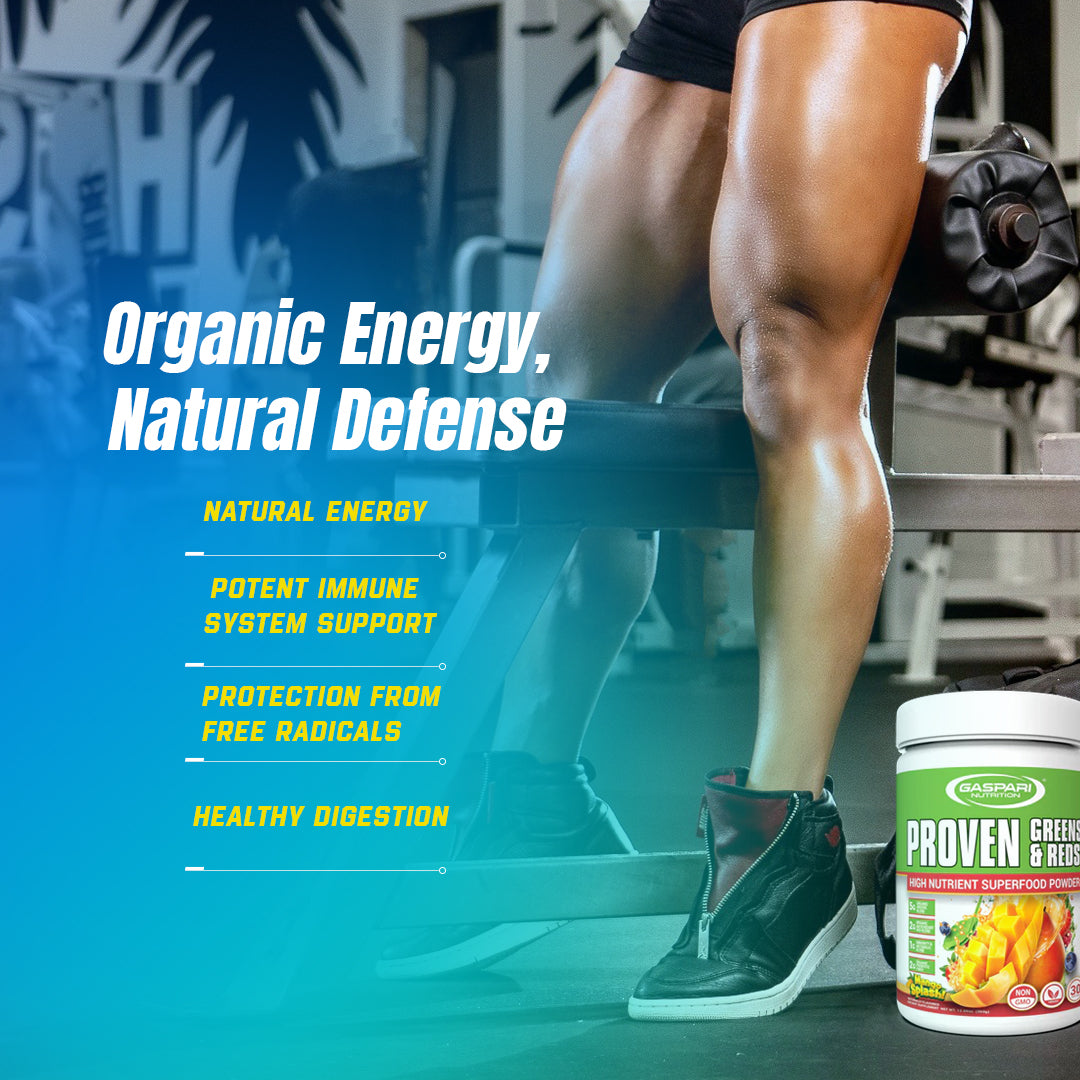

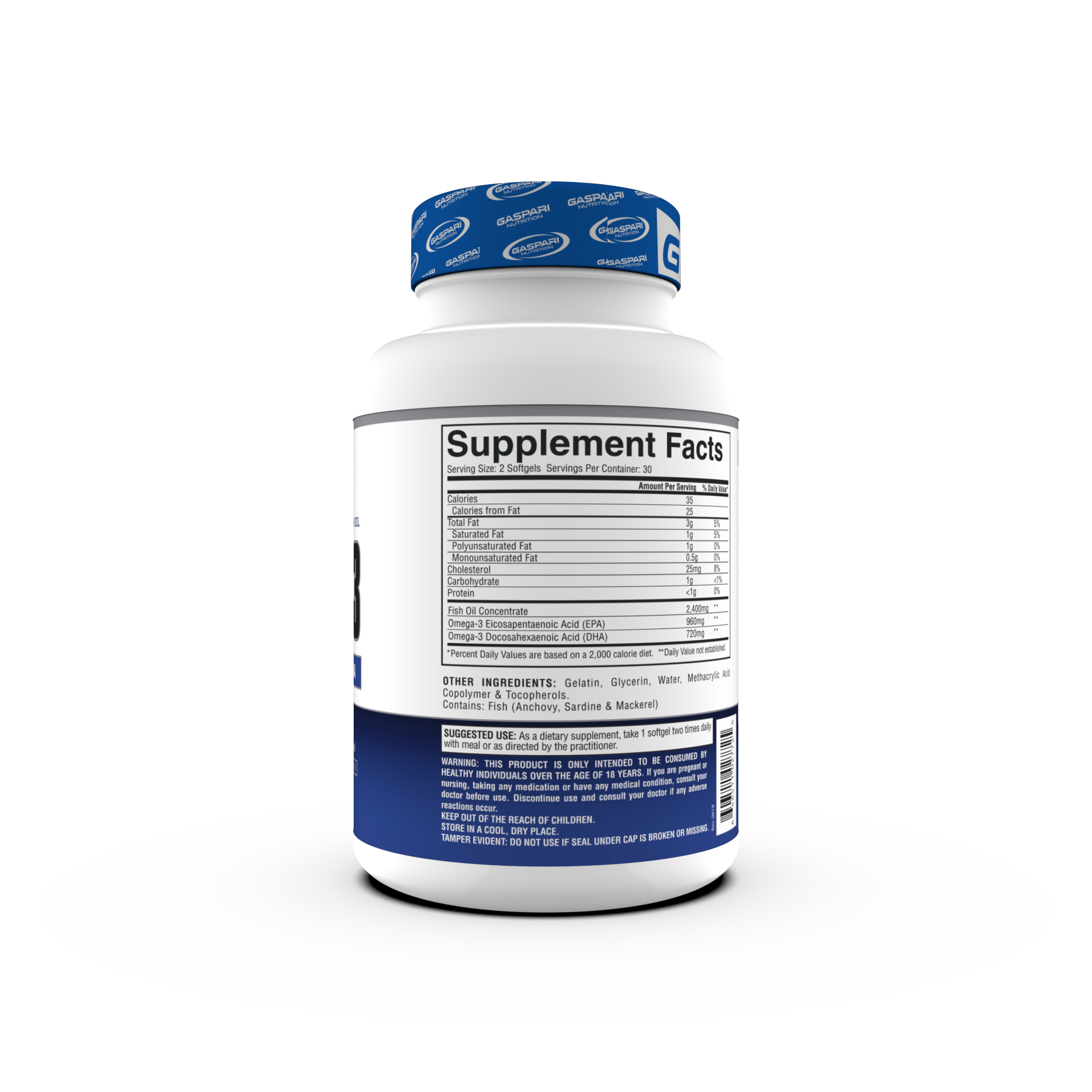
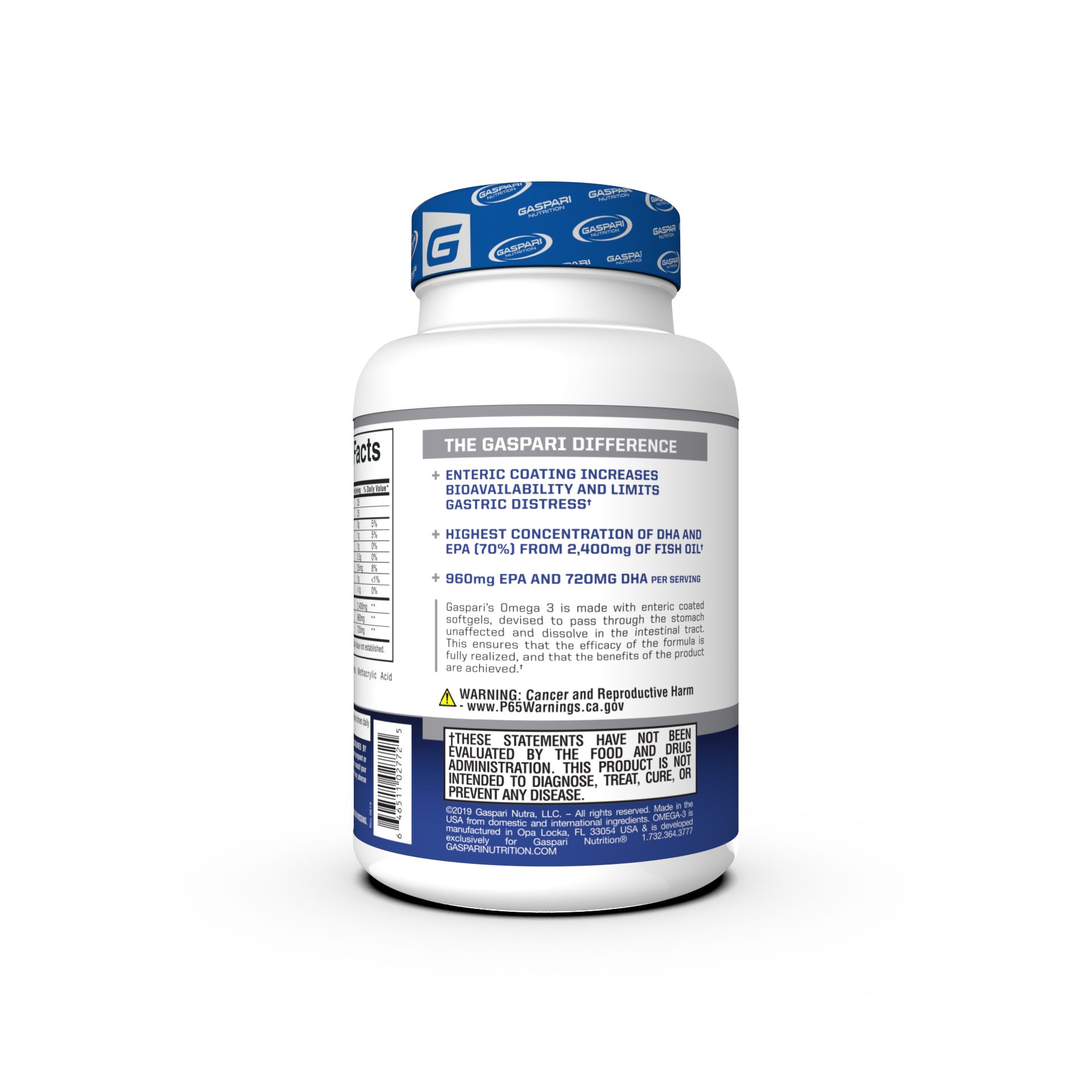
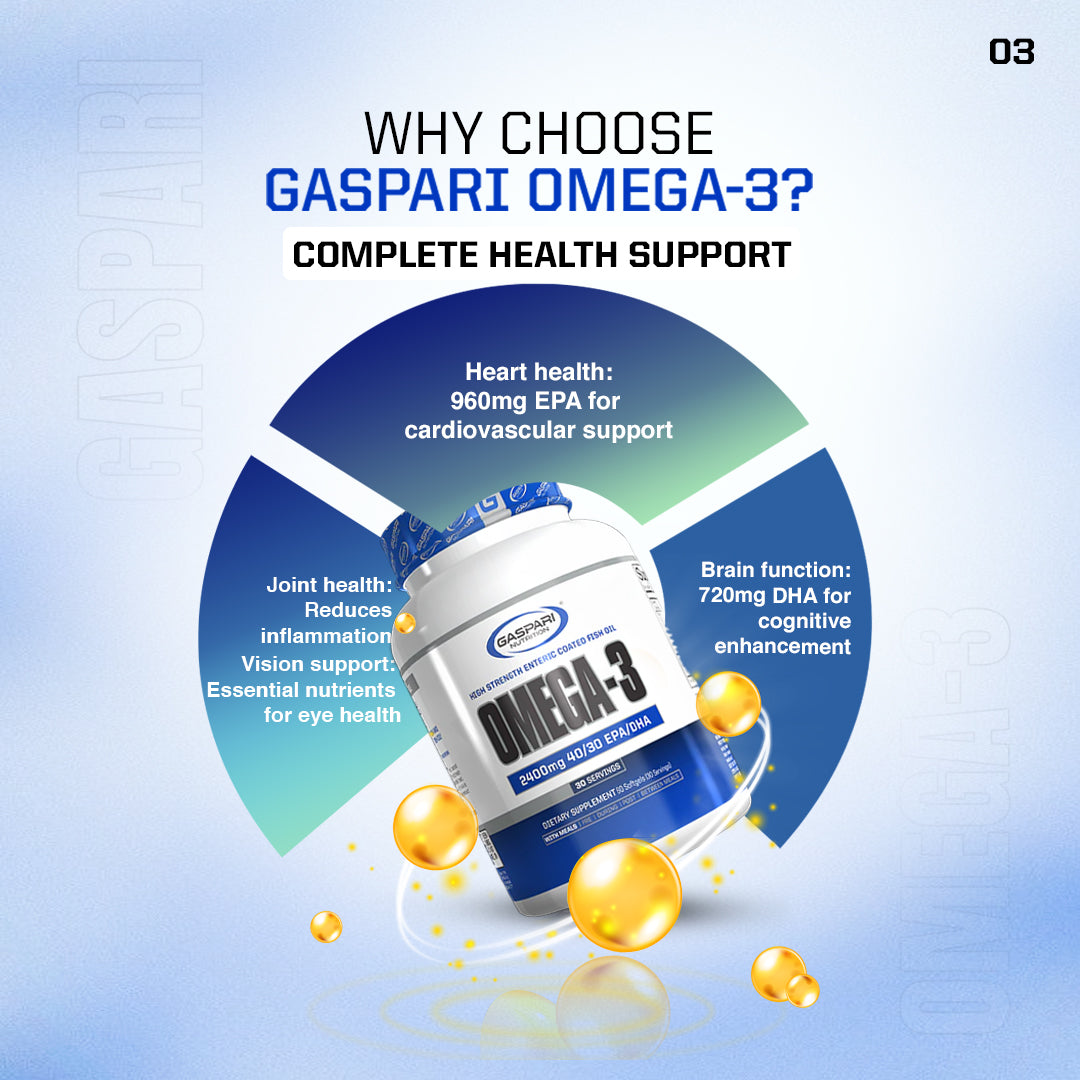
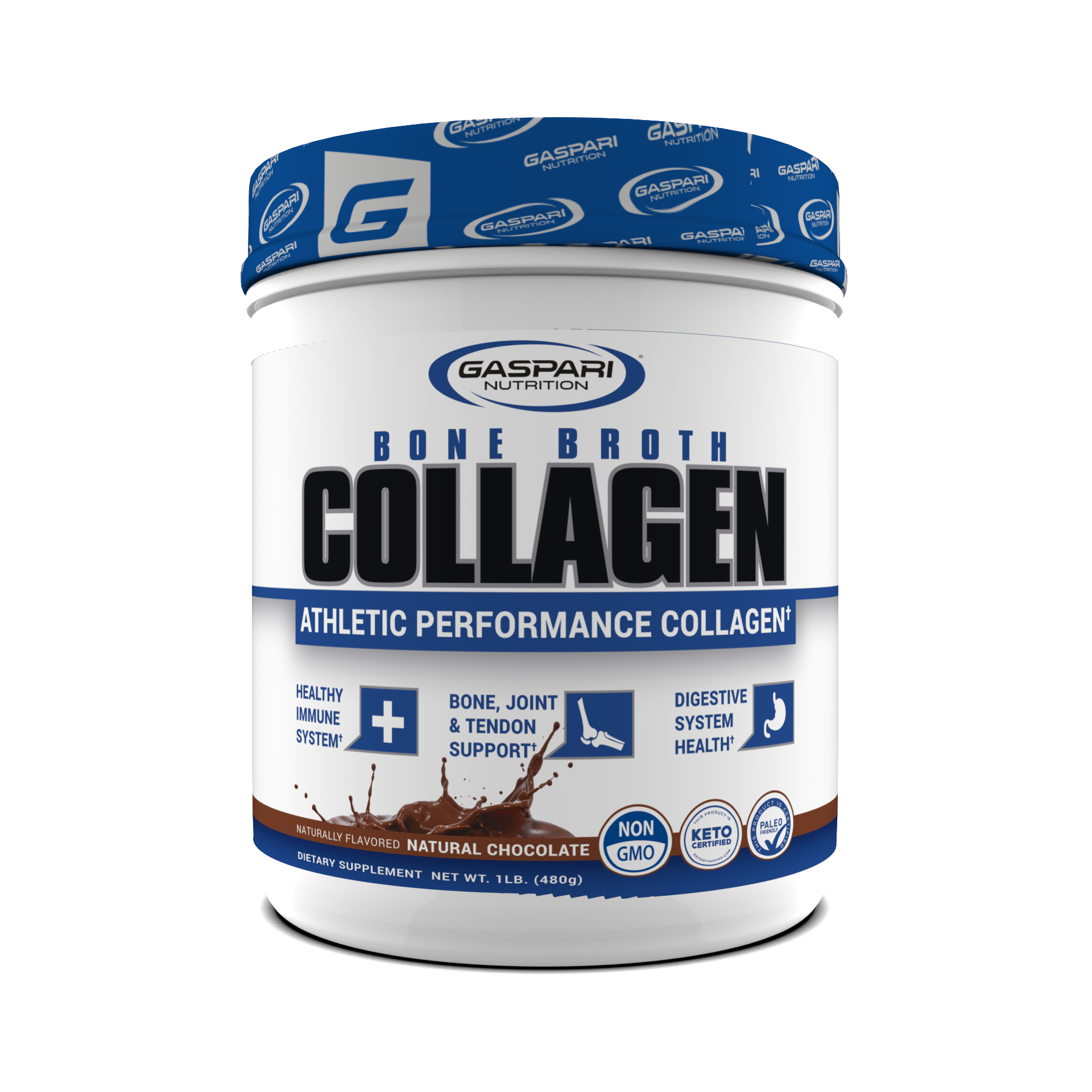
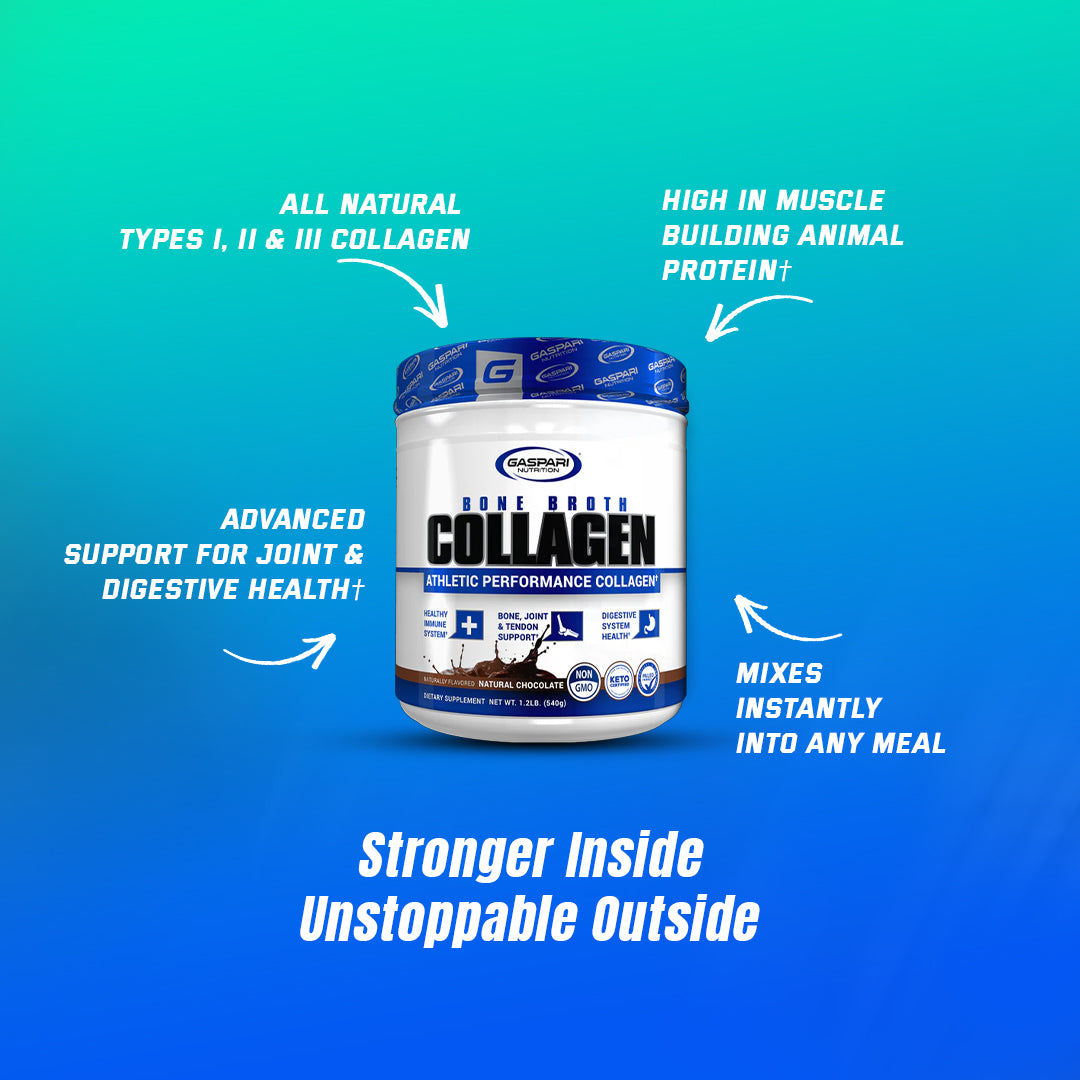

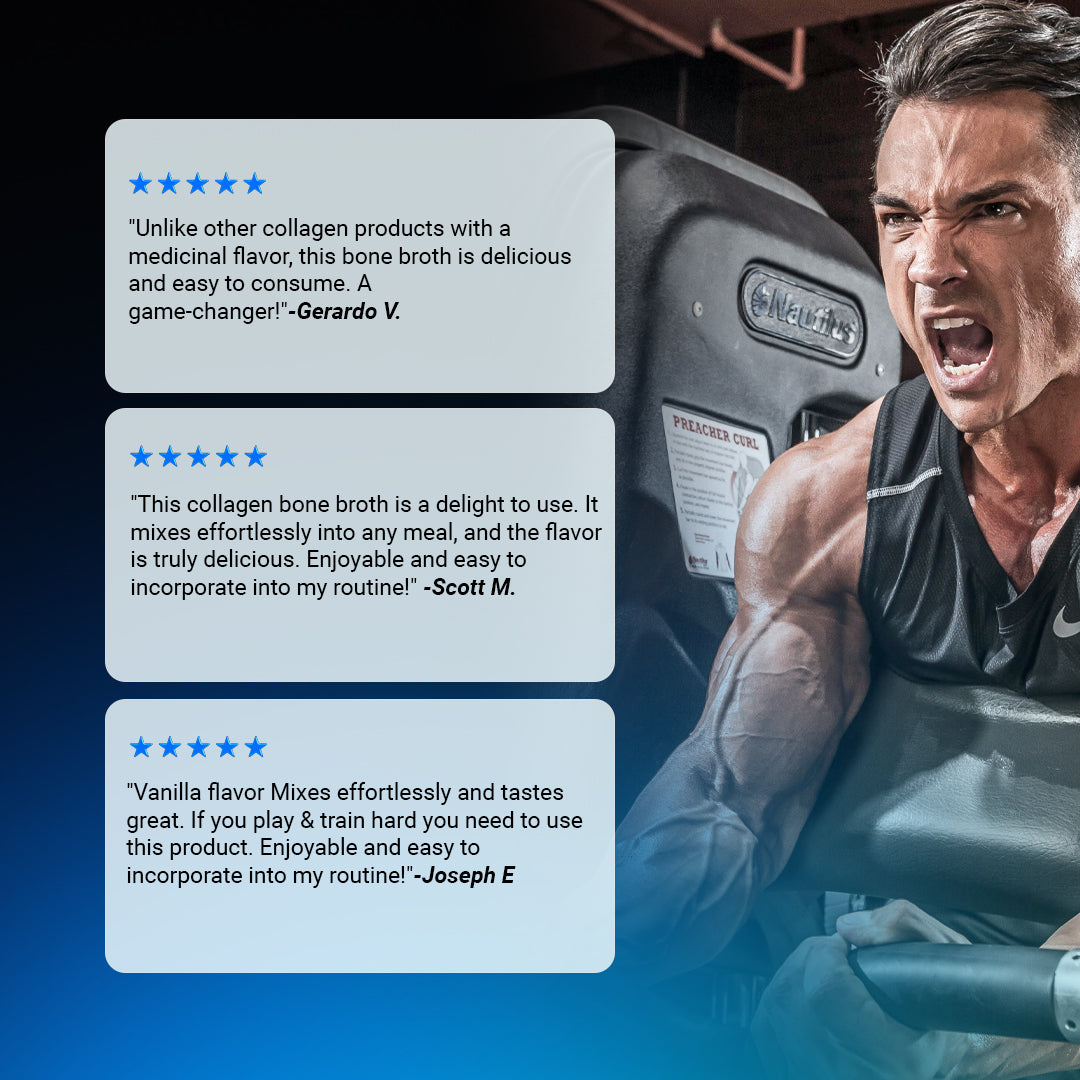
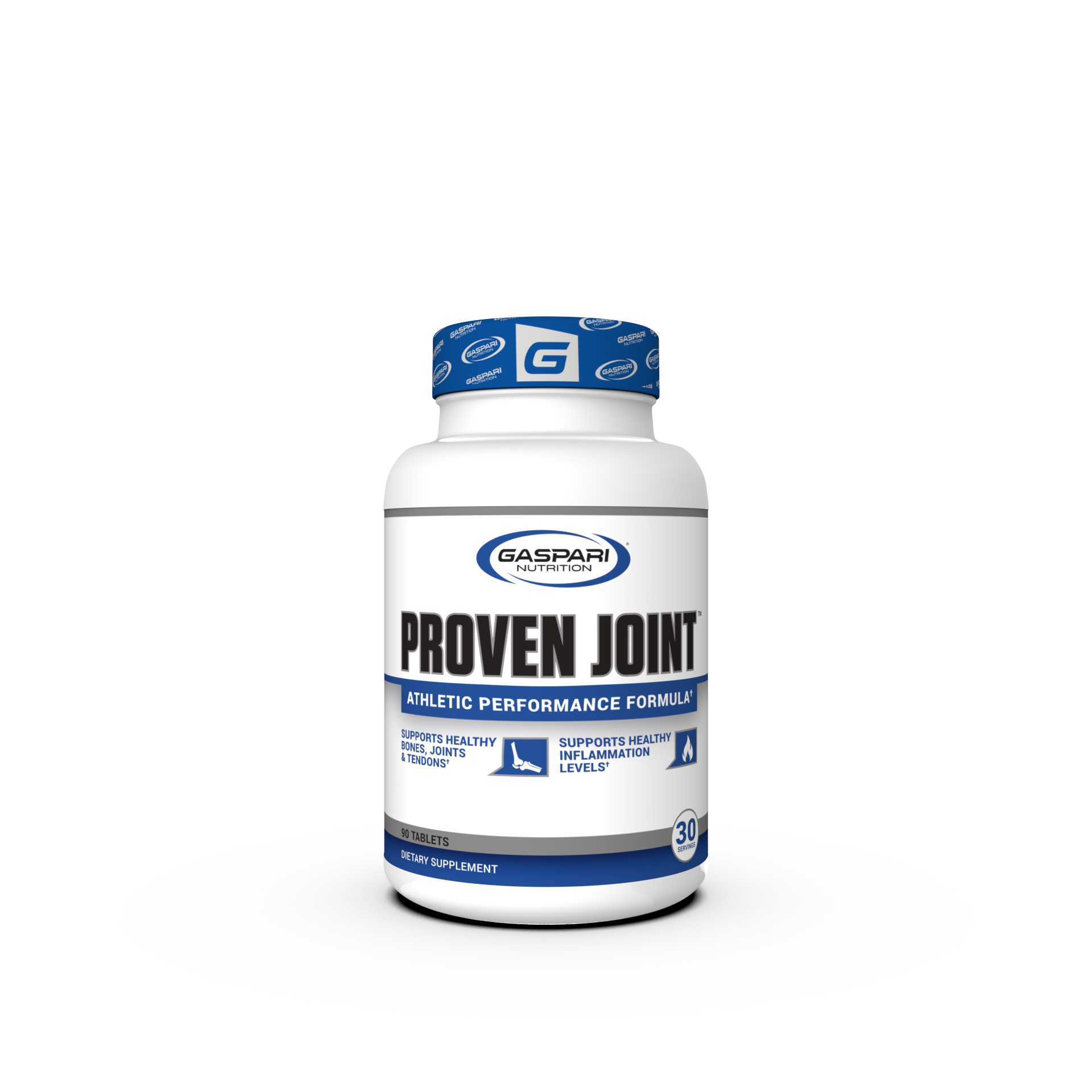
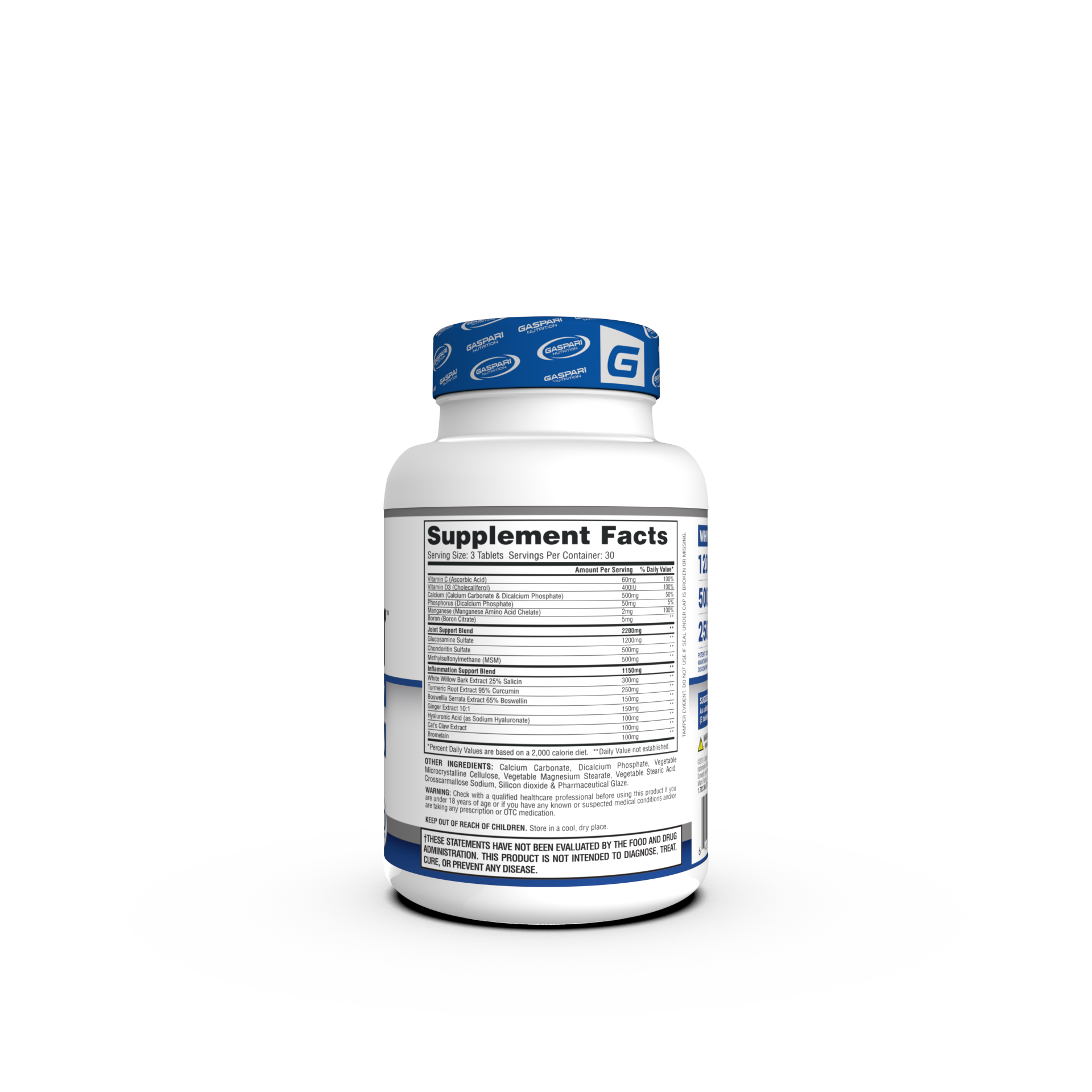
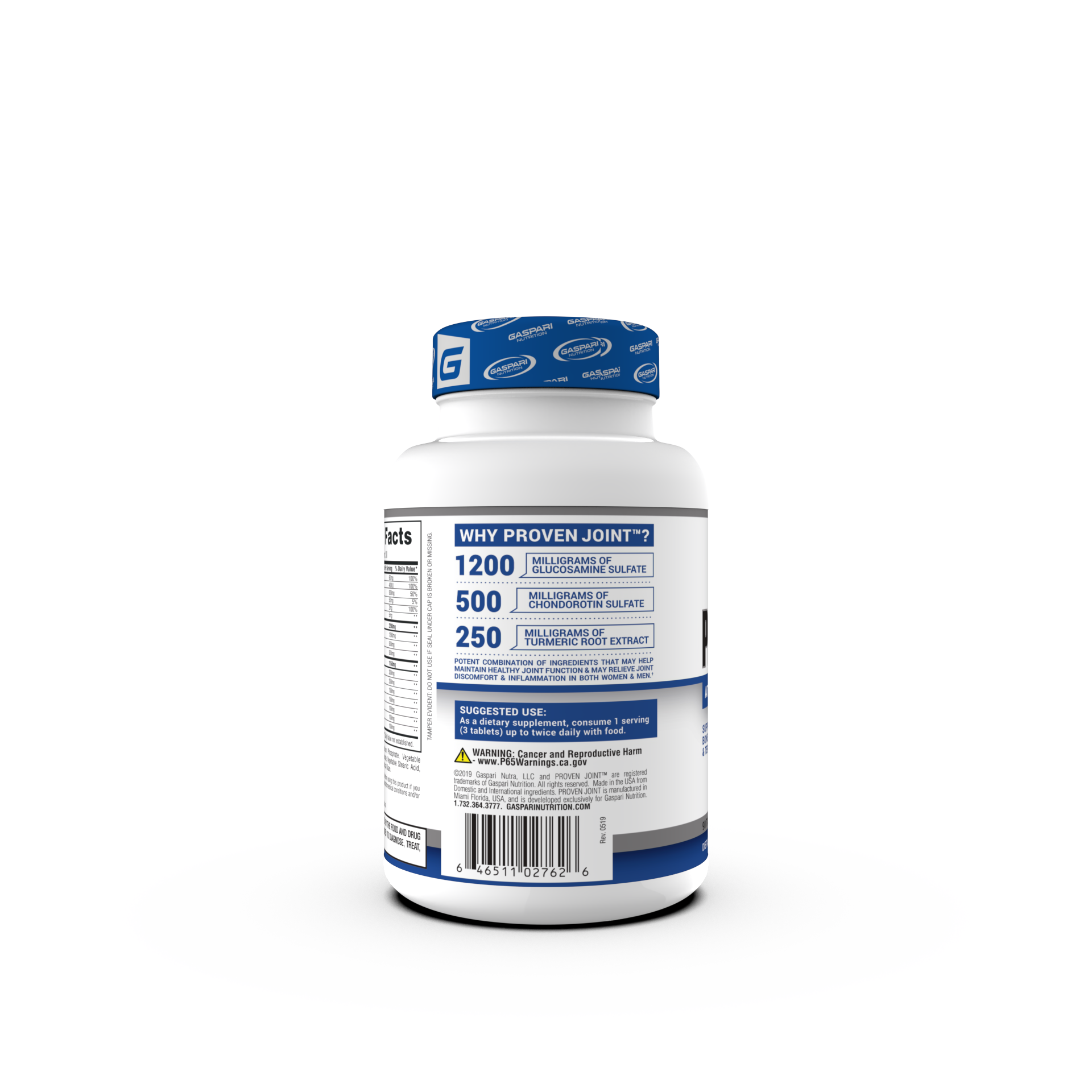

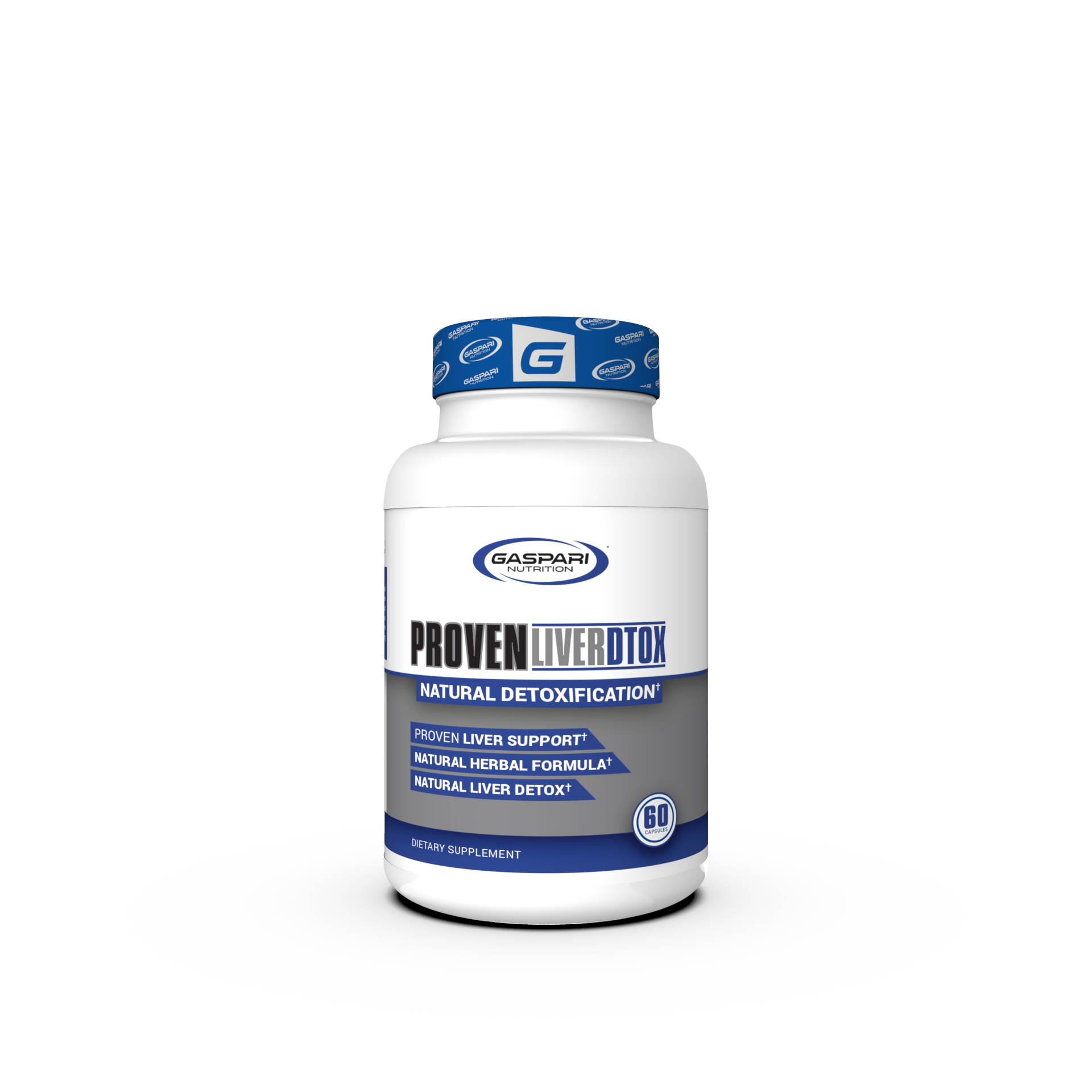
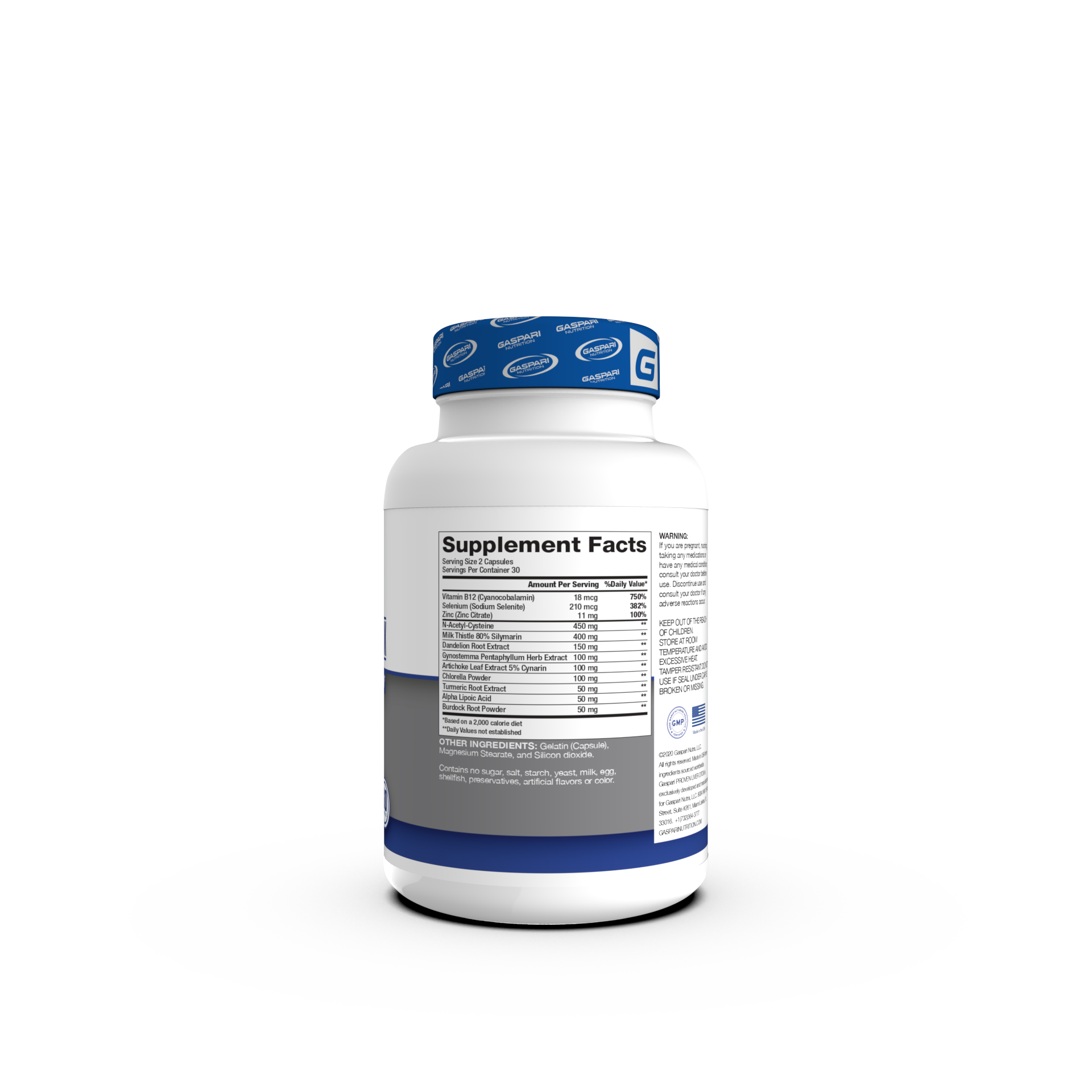
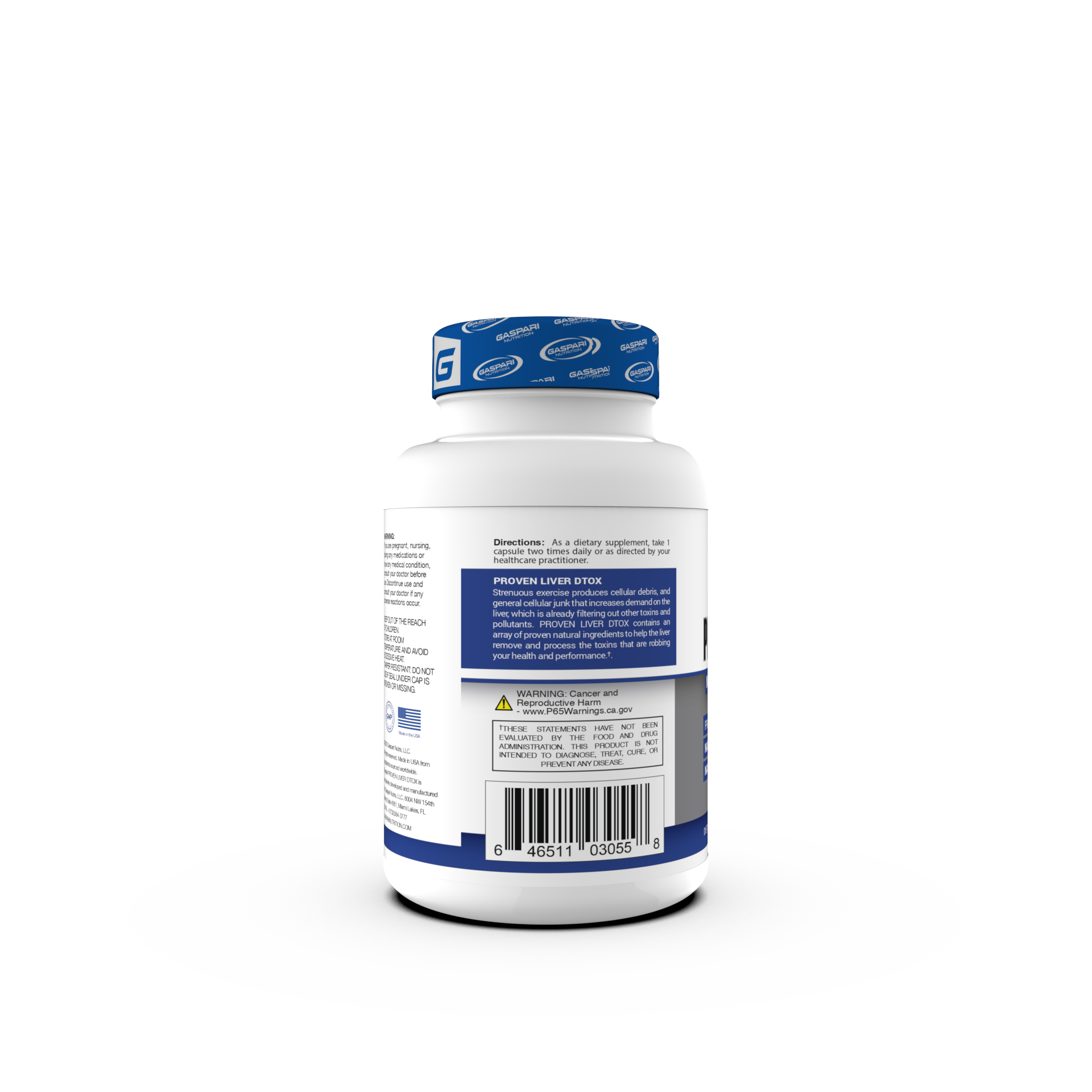

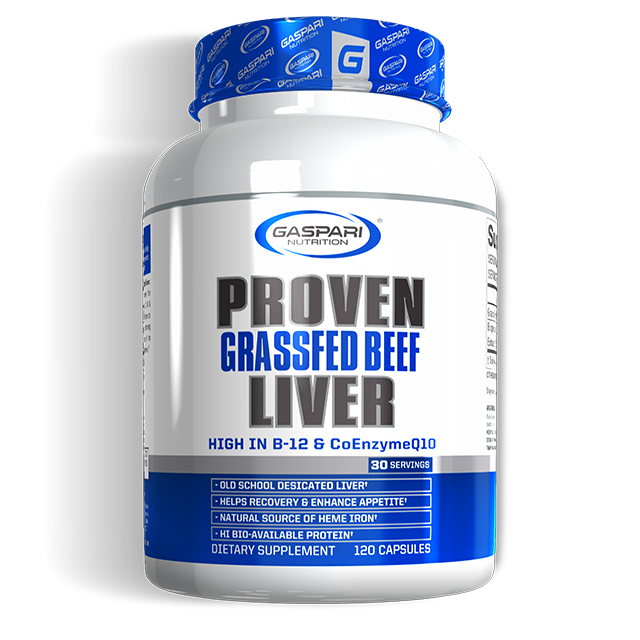

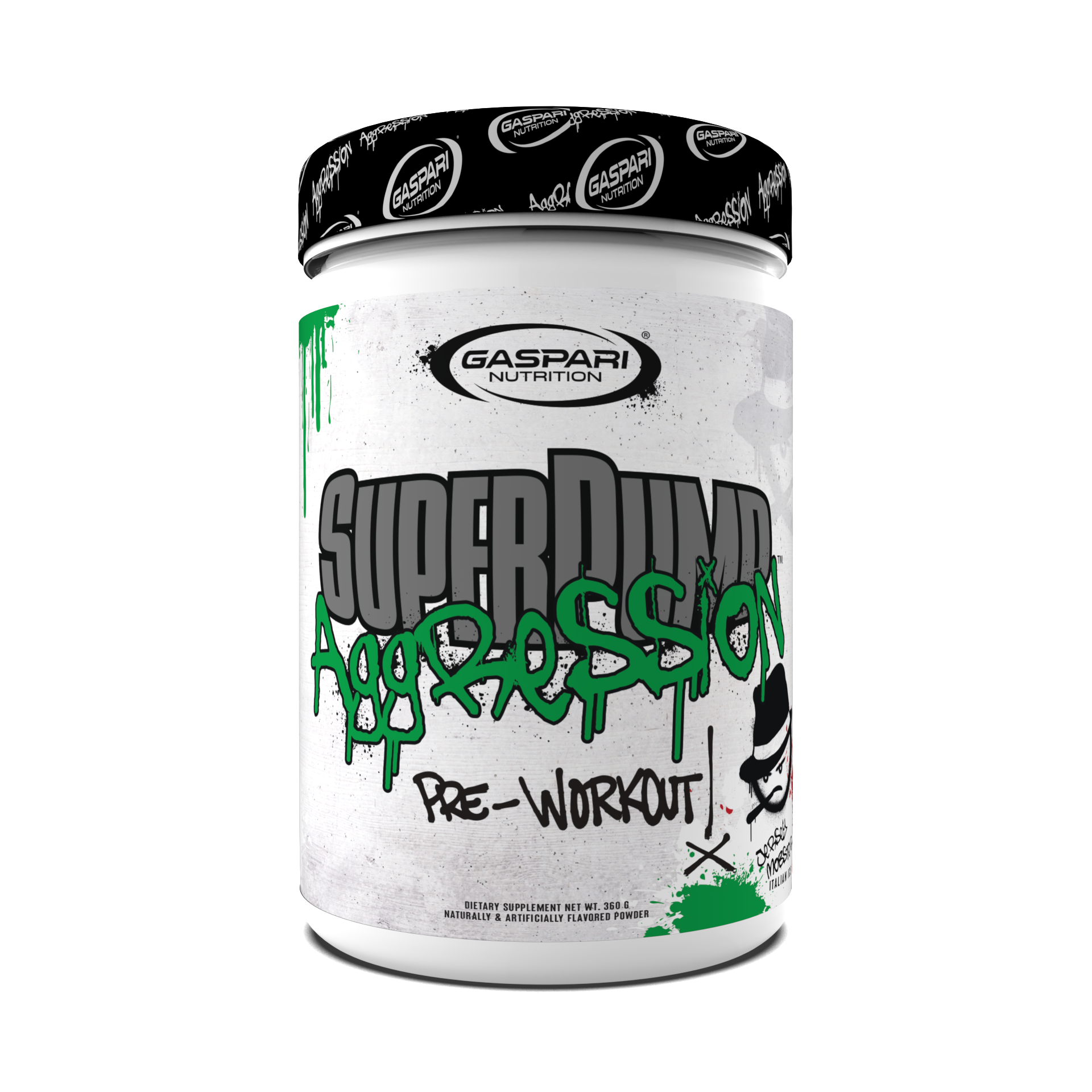


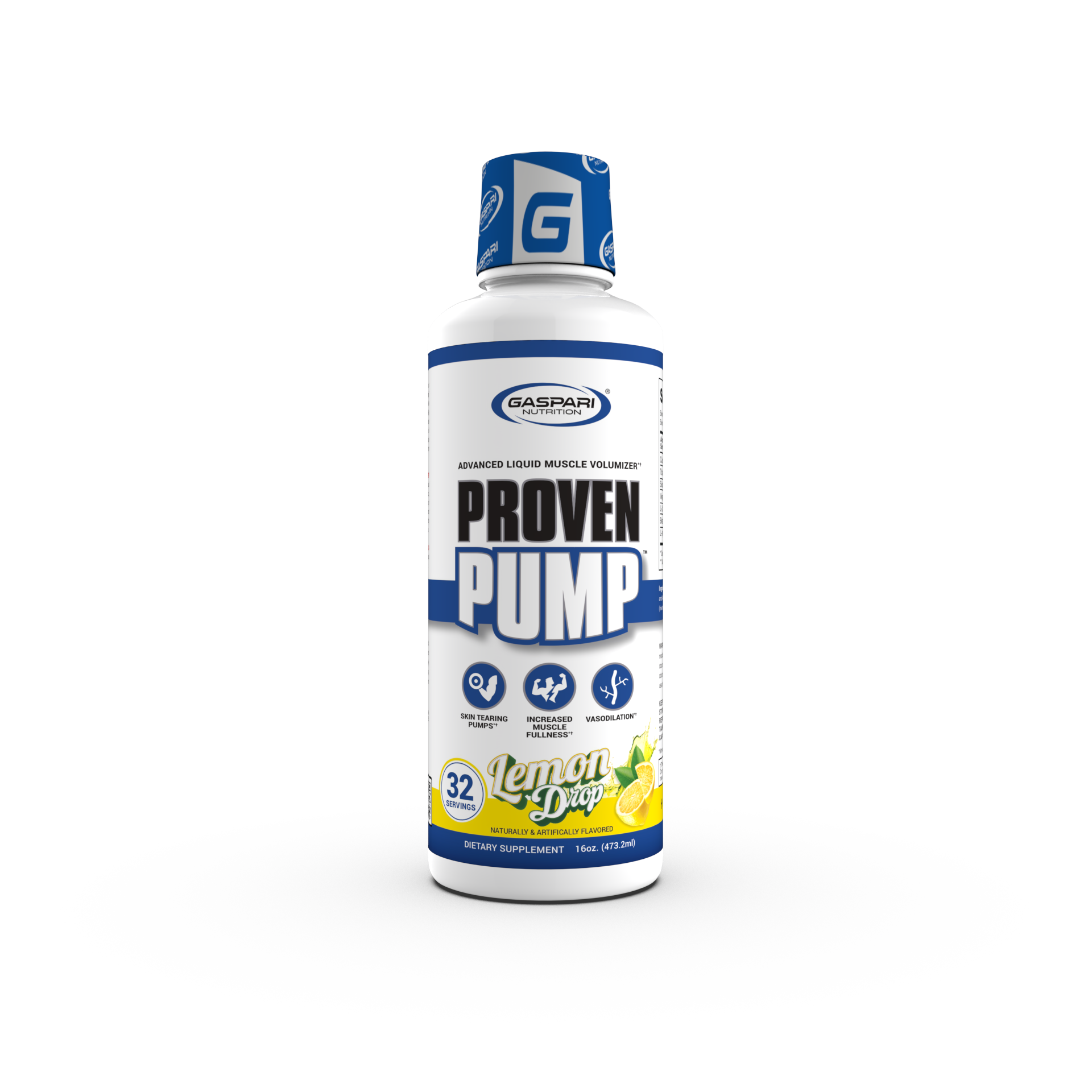
Share:
3 Parts of the Triceps Old School Training Techniques
Unlocking Shoulder Gains: The Power of Pre-Exhaustion Training